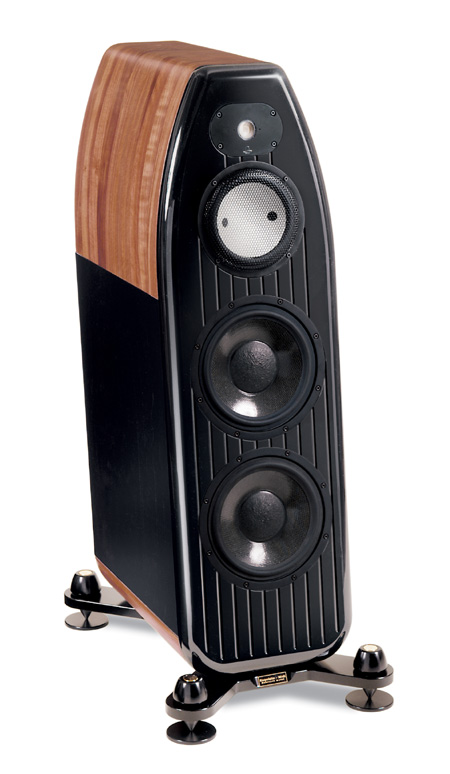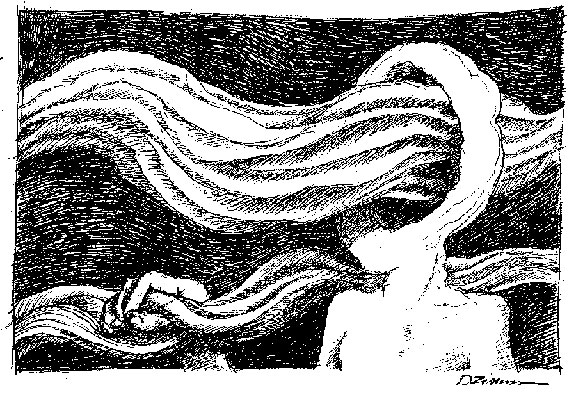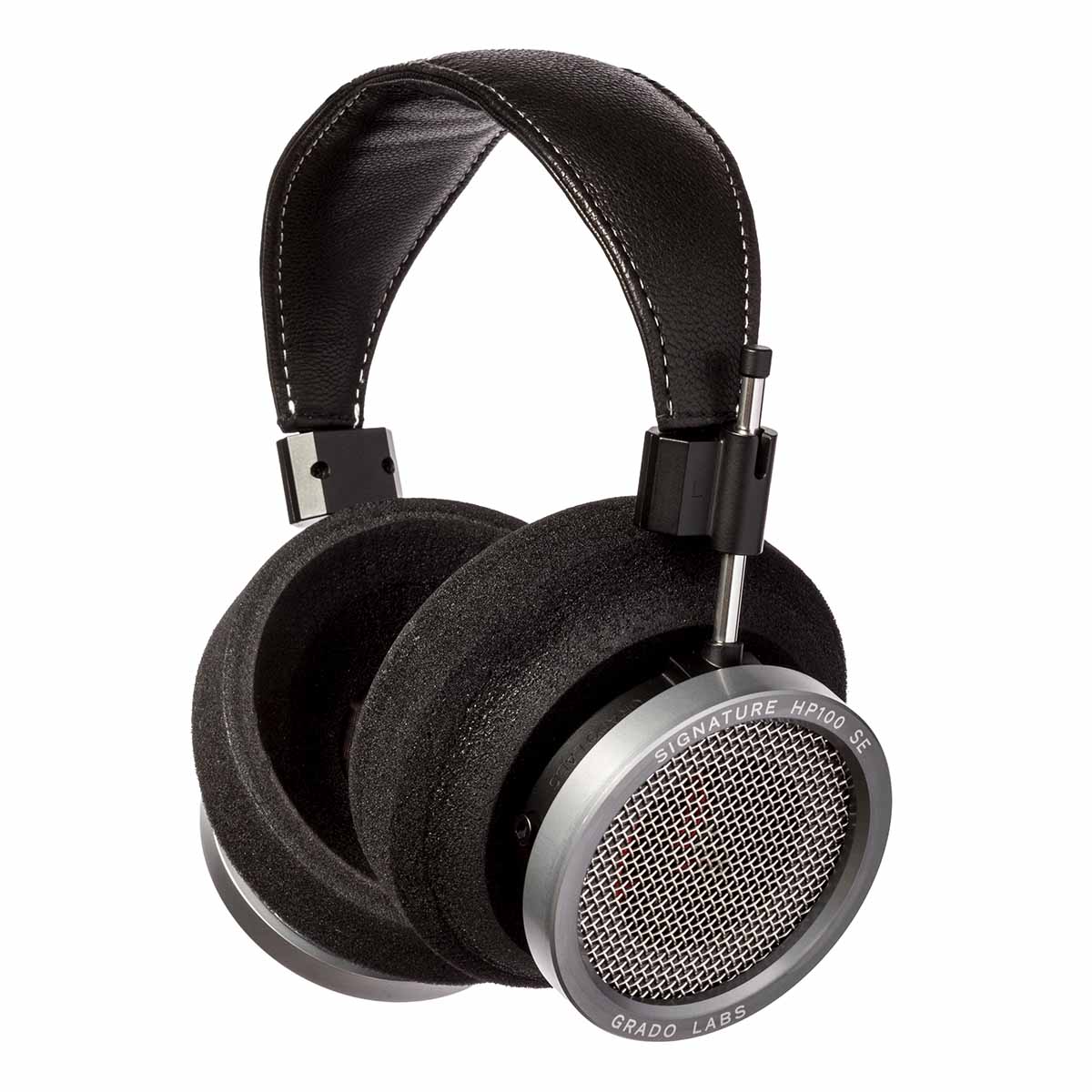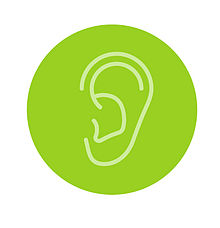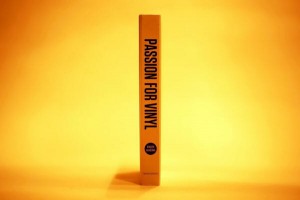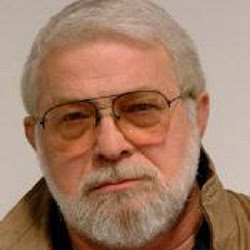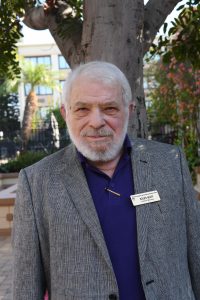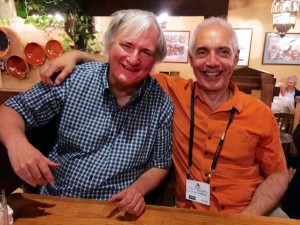Edward Pong
Edward Pong is the owner of UltraAnalogue Recordings. Those in the high-end reel-to-reel community will need no introduction to Ed; his stellar RTR recordings are magnificent, and really embody the sorts of audio virtues that audiophiles can appreciate all day long.
As a very long-time RTR lover myself, I asked Ed to write up a profile of UltraAnalogue Recordings for us. What follows is an excellent photo-essay that will give you an insight into what drives Ed's passion for RTR recording, and how he goes about it.
Enjoy!
Dr. David W. Robinson, Ye Olde Editor
I started UltraAnalogue Recordings 13-14 years ago; however, I think it really had its start in my subconscious many, many years ago …. I've been a classical music lover since childhood, evidenced by all the classical LP's I had to clear out of my parents' house when they moved.
Being first a lover of classical music, second a DIY audiophile, and third an amateur luthier, it was a logical progression once I started making violins to explore the sound of "real" violins (Stradivari and Guarneri del Gesu). Once I realized what these instruments are, which I considered to be "ultimate audio," it was natural to try to make my own recordings of these great works of art, using the best signal path we could build. Their dynamic range and ability to express any emotion has made them the most revered instruments of all time. They were designed and perfected 300+ years ago, and have not been equaled by any modern technology. My connection to musicians was the last piece in this puzzle, and UltraAnalogue Recordings was born.
Before I talk about the philosophy of how I record, I want to walk you through the building of my audio system, since what we learned has completely formed the basis of all my recording electronics. Our overall premise was that singled-ended, directly-heated triodes create the most natural, musical sounds, closest to the live instrument.
As an audiophile, analogue LPs held much more magic for me than the digital remasters of the old recordings. Looking for used LPs in garage sales and used record stores was a favourite pastime. In those early days, I had Audion 300B amps and Quad ESL speakers, which presented quite a musical sound. My good friend, Tony Ma, would often tease me by offering to do some modifications to my amps. He would say, "Let me change a few caps etc., it's not much money, but the sound will be much better…" This was around the same time I had just acquired a large Italian tubed amp (can't remember the name). What happened next started me on an endless journey in search for the ultimate in reproduced sound.… Suddenly, my modified Audion amps sounded much better than the monster amp I had just acquired. I immediately traded that amp in for my SPJ La Luce turntable, and asked Tony to start building my system…
Some background on my friend Tony. He's obviously Chinese, but he went to university in Japan, so he could read and write Japanese, a very important piece to the puzzle of UltraAnalogue Recordings (UAR). Incidentally, he's an electrical engineer and completely into DIY audio. The sound of the master tapes of UAR are totally the result of what we've learned building my audio system, so I'll take you on this journey of discovery and the building of my system.
My Audio System
Tony's ability to read Japanese allowed him to pour over all the esoteric Japanese tube literature and he was convinced the circuits of Nobu Shishido held the magic in audio. He told me once he was in Japan and visited Sakuma, who ran a small restaurant but played music (mono) over his special DIY tubed audio system. He told me that it sounded like nothing he's ever heard before! All the right timbres and emotions.
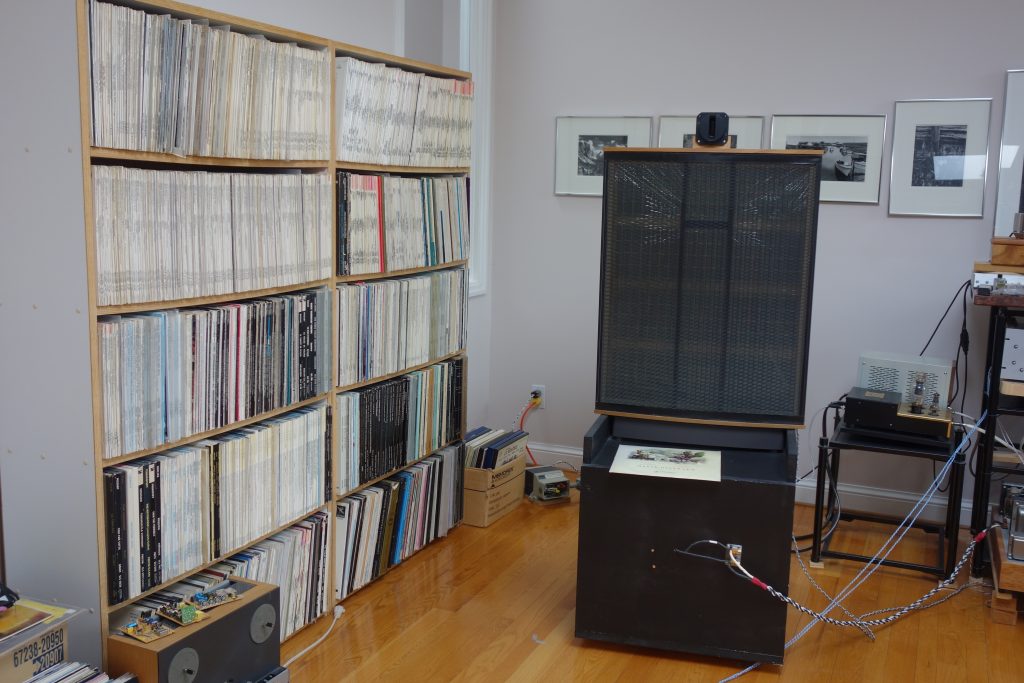
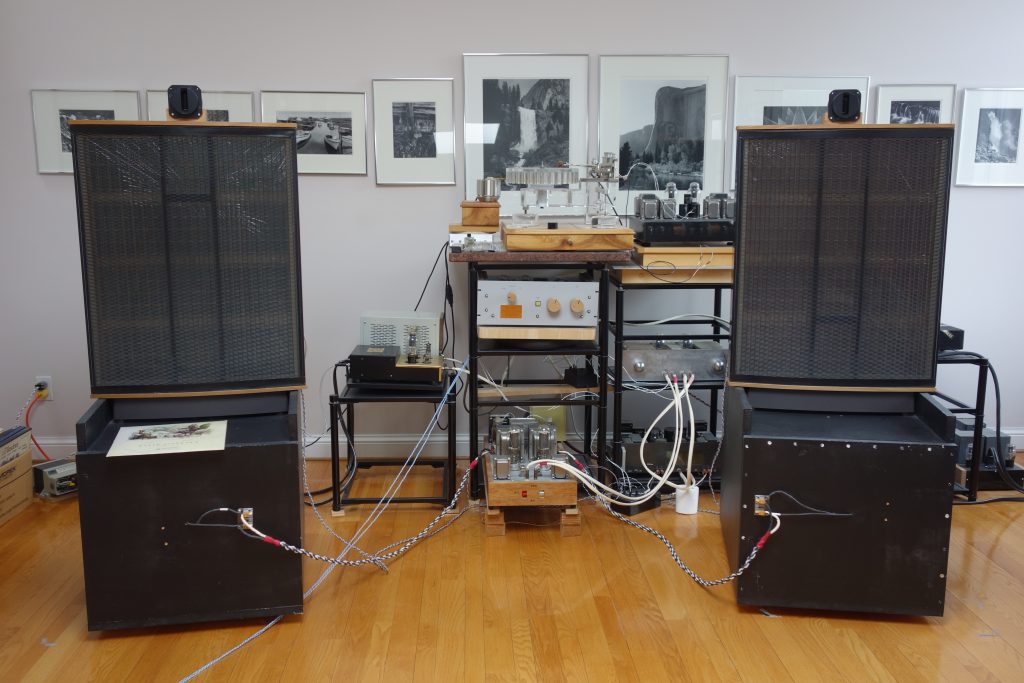
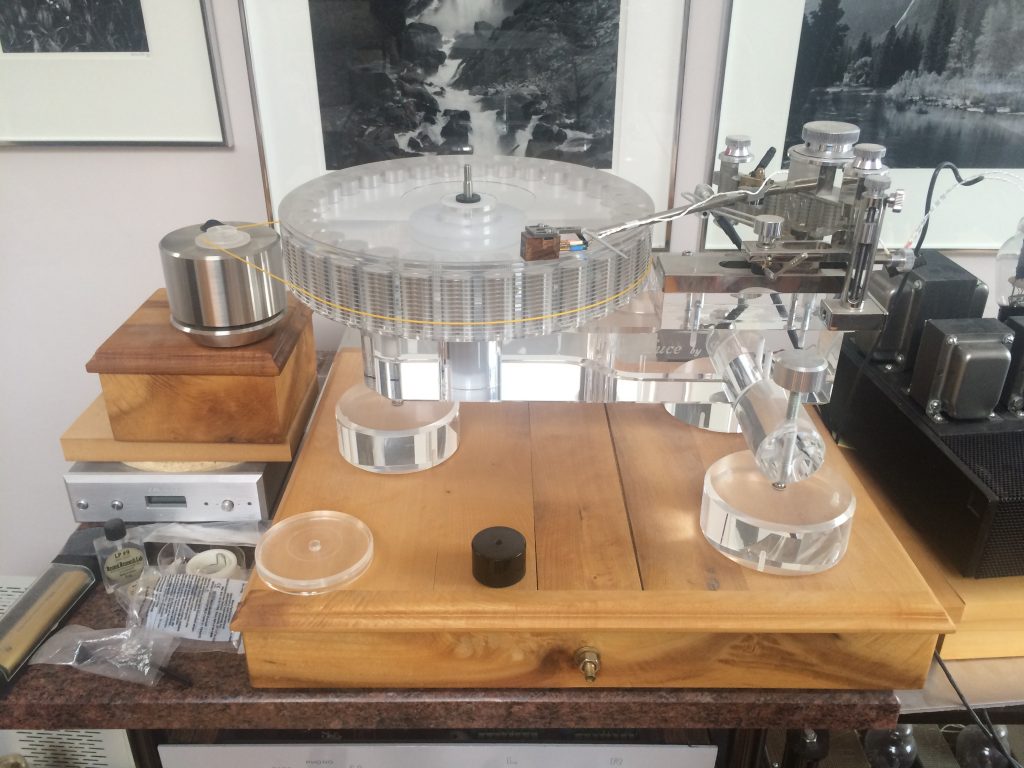
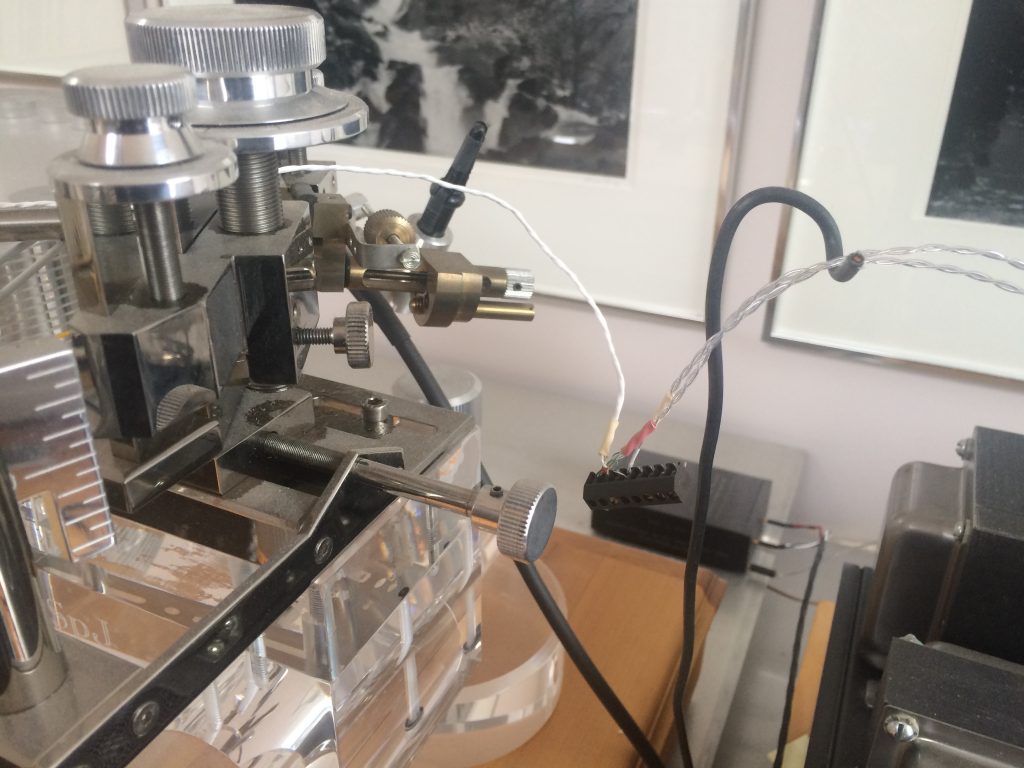
Our first component was the line stage… at the very forefront of signals, if it's not extremely sensitive, none of the magic would get thru… We decided on a Western Electric 300B-based line stage with silver step-up and silver output transformers with stepped attenuators. It had separate power supplies for each channel, and is tube rectified with chokes. It's as simple as possible with nothing touching the signal except one of the purest of tubes and silver transformers. (I had used WE300b in my Audion amp.)
Our first listen was a complete revelation. The sound character was so natural and pure, we knew we were on the right path. As you will see, literally everything starting with the tone arm cables have been made by Tony!
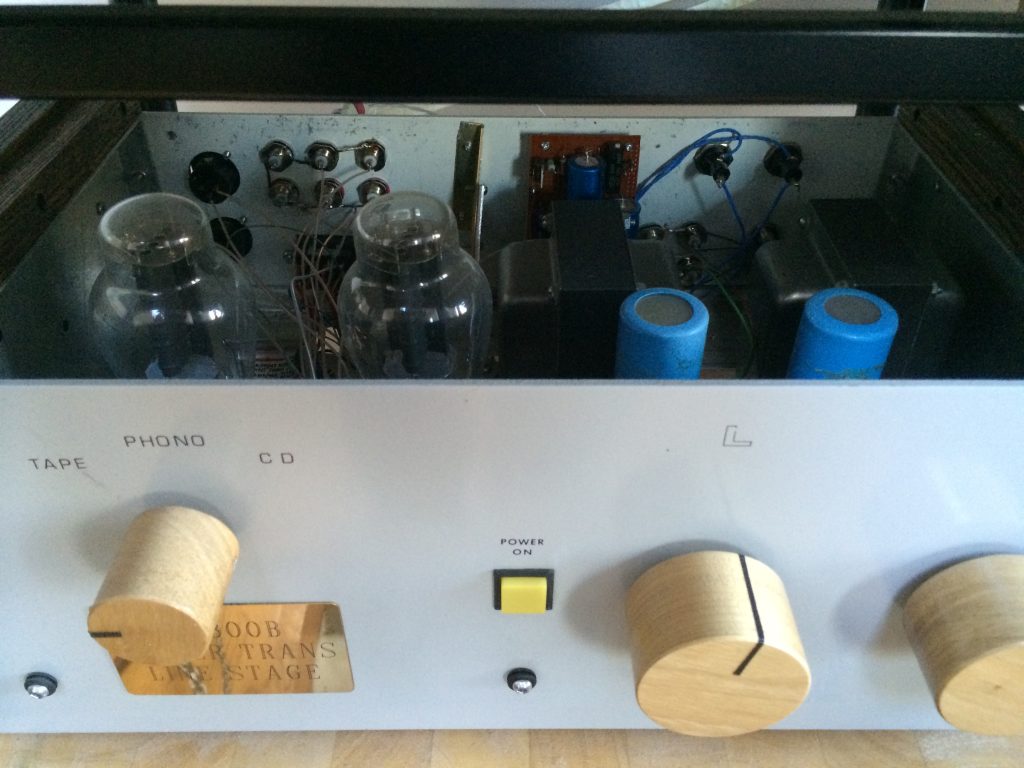
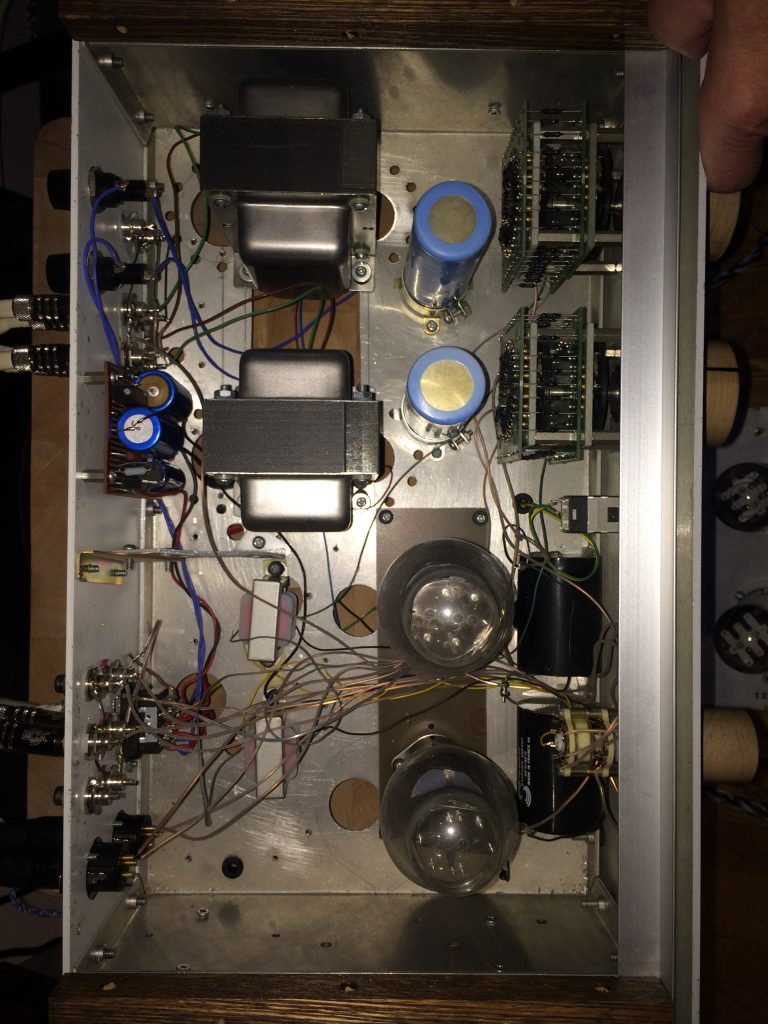
I've used Quad ESL63 speakers for many years and loved their sound. I felt they possessed one of the most natural-sounding midranges; however, they didn't go very low or high. Our plan was to use the Quads full range, and add on a subwoofer and super tweeter to complete the sound spectrum.
With this configuration, we would need to build three amplifiers. Our first step was to decide on the input tubes for all three amps, as we wanted all of them to be matched in character. After listening to quite a few different tubes, it was obvious the Western Electric 437a was the ultimate input tube with the most natural sound character. We were fortunate at the time that Western Electric had a cache of NOS WE437a, and I bought 24! The first amp Tony built was for the Quad ESL63s. Since the single-ended Audions, with parallel 300b outputs, worked well with the Quads, we decided to completely redesign it using the original chassis to house the input stage, and have a separate output stage right behind the Quads so that no speaker cable would be required. The design had a WE437a input tube with all silver output transformers, and each tube had their own separate power supplies.
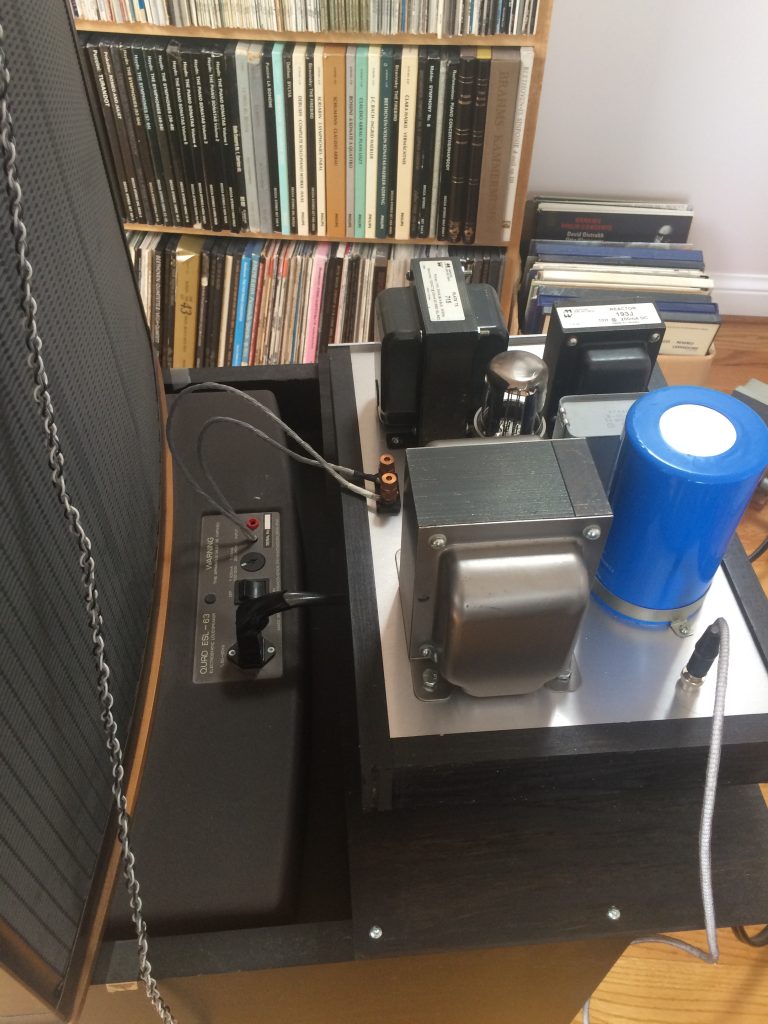
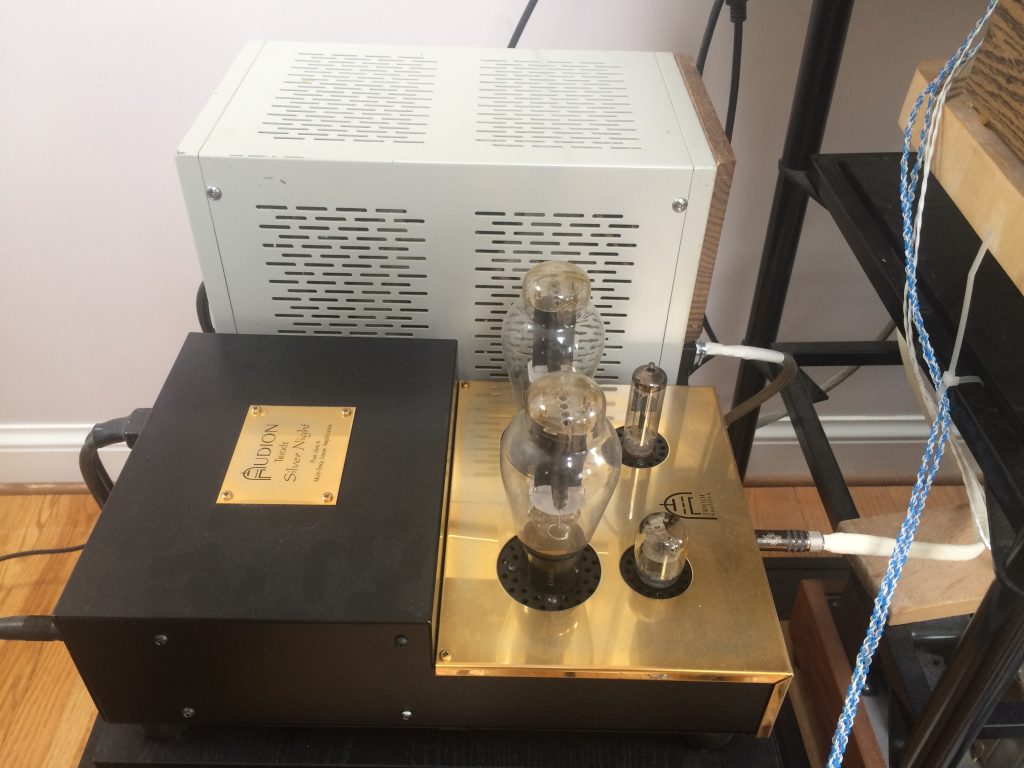
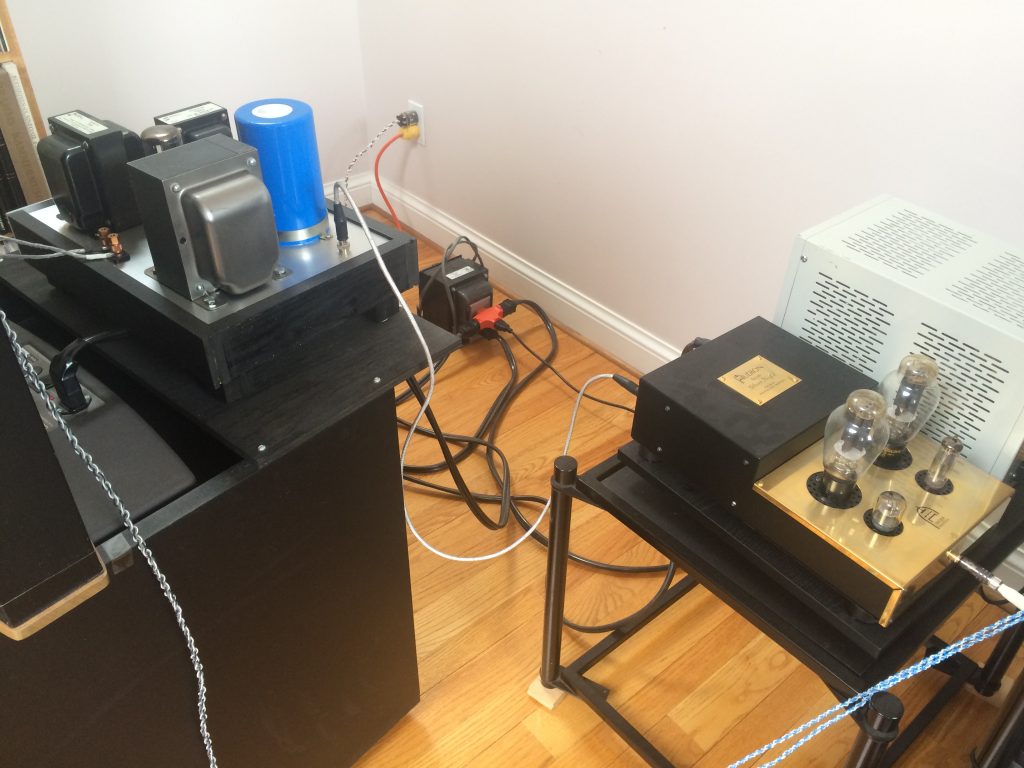
The Quads run full range and a crossover was designed to add on to the treble and bass at 12kHz and 50Hz respectively. This crossover was based on the WE300b with silver chokes and silver output transformers to drive the crossover filter.
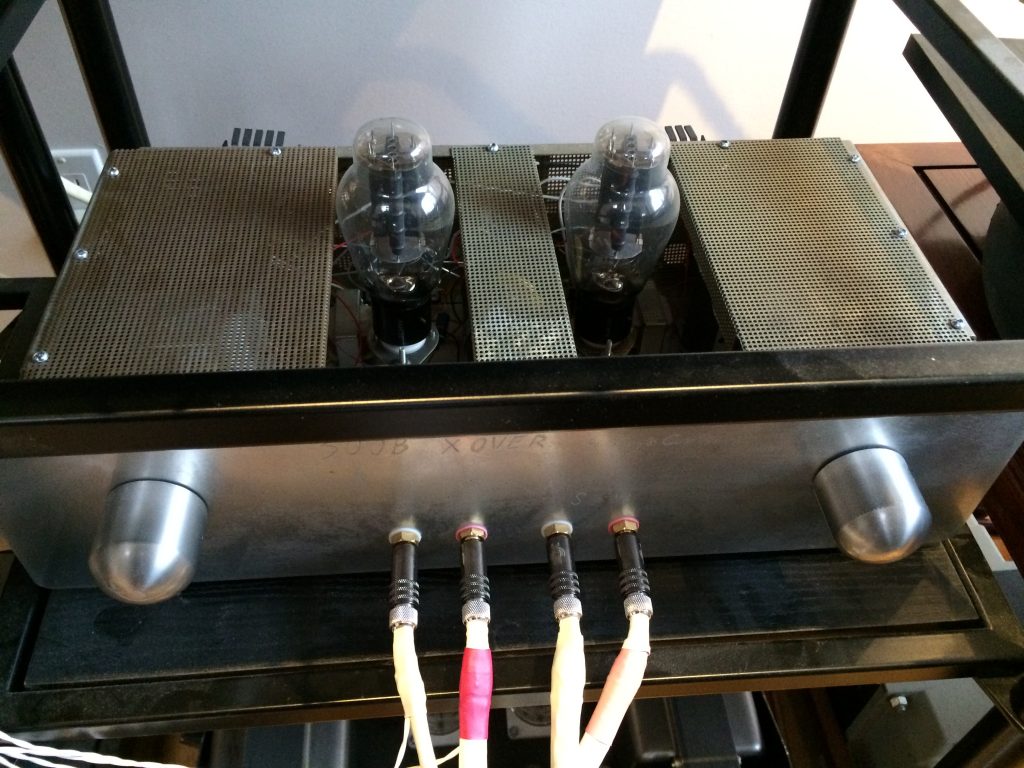
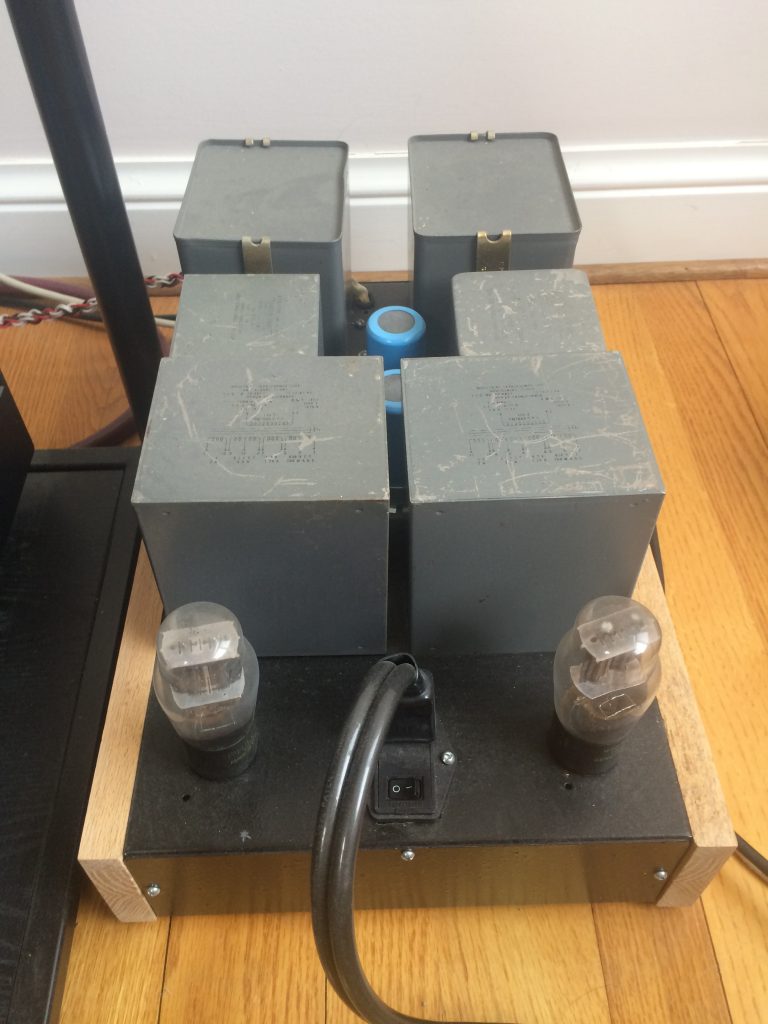
Next, we decided to use the JBL2405 as the super high tweeter, and it sits on top of the Quad. Tony felt, as Shiseido did, that transmission tubes with their positive bias, produced a different kind of sound, with more drive and emotion. We tried several transmission tubes and found the RCA826 produced the sweetest violin sound of all… This amp was built, again with the WE437a input tube, using all silver interstage and output transformers.
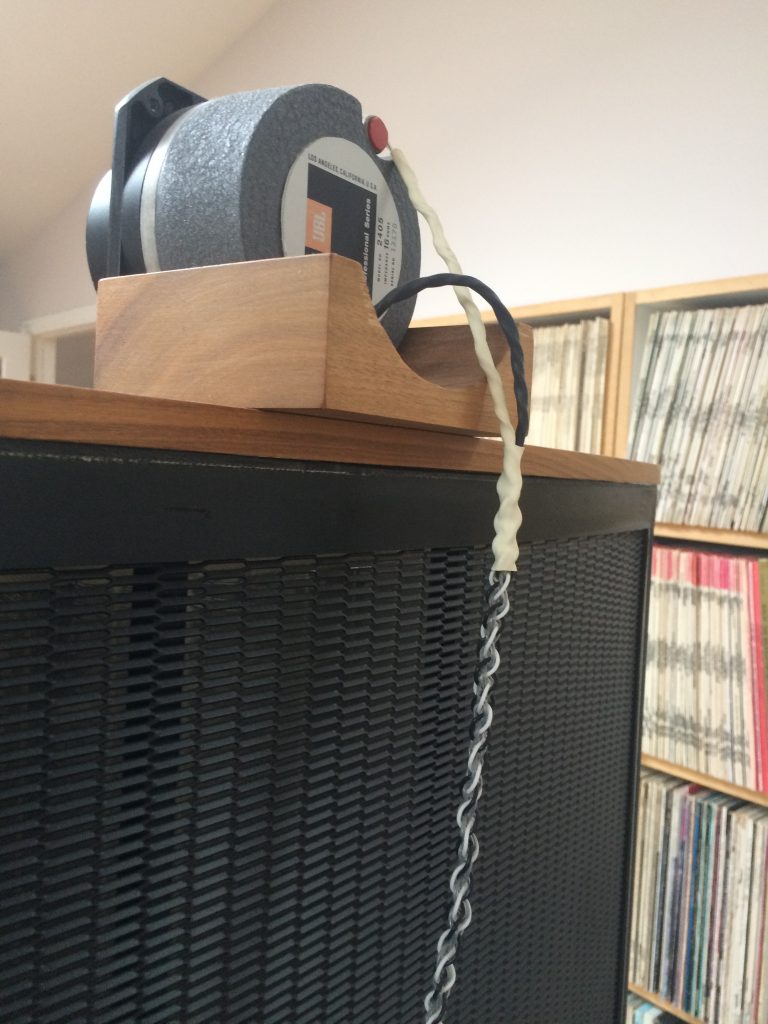
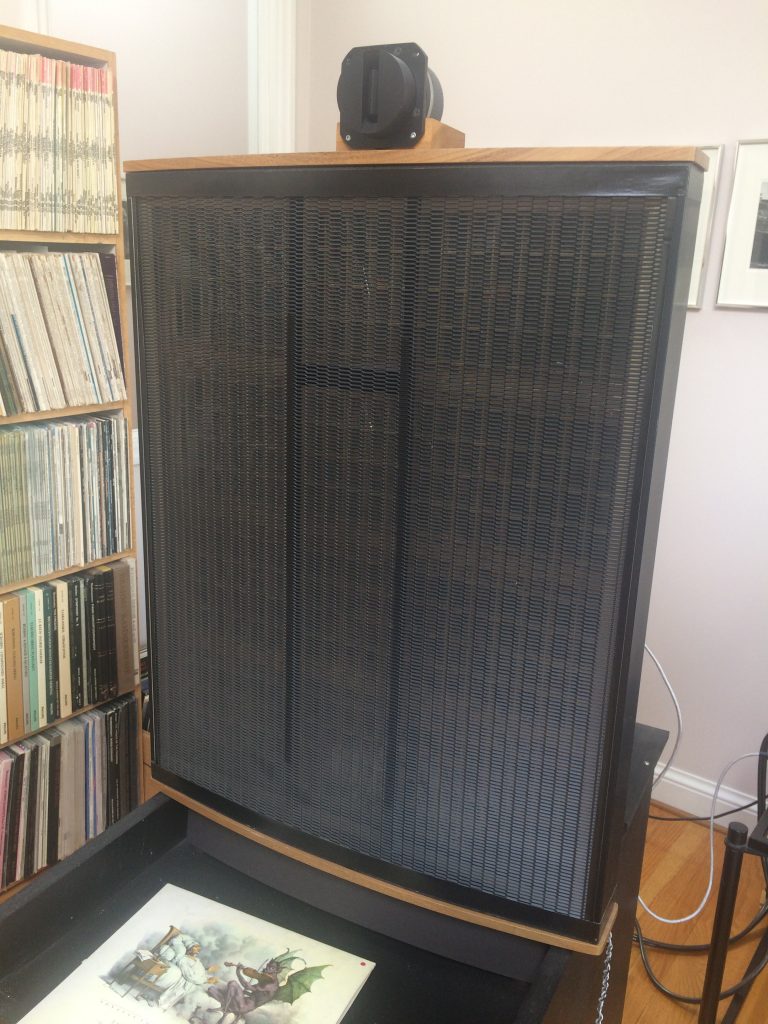
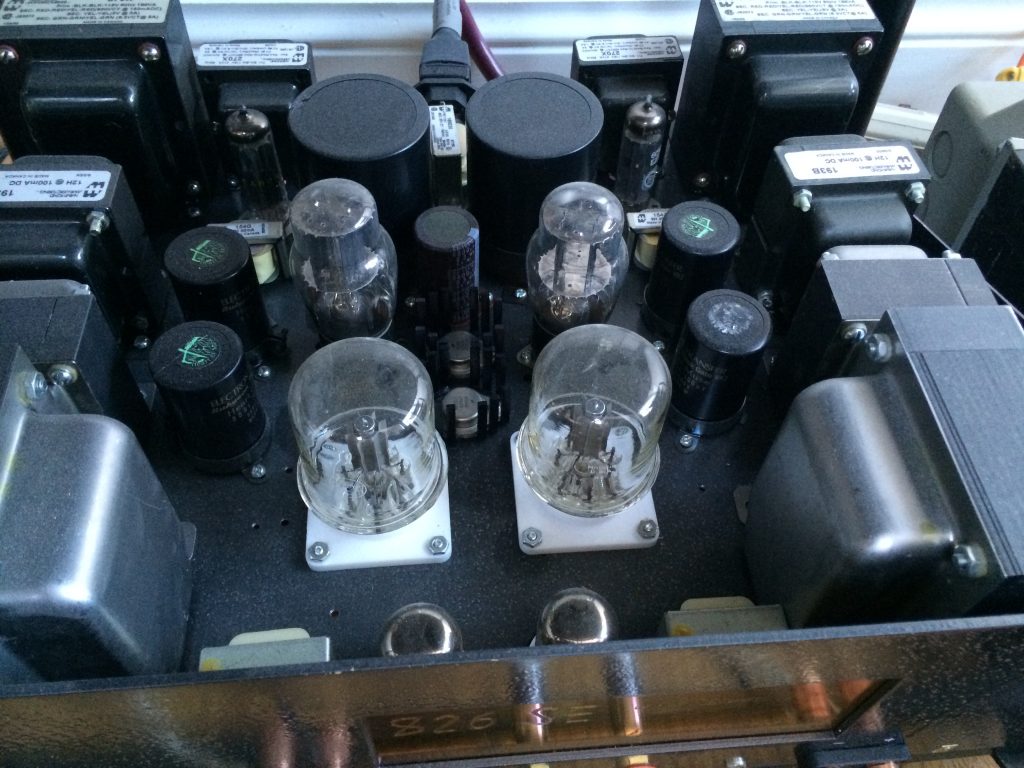
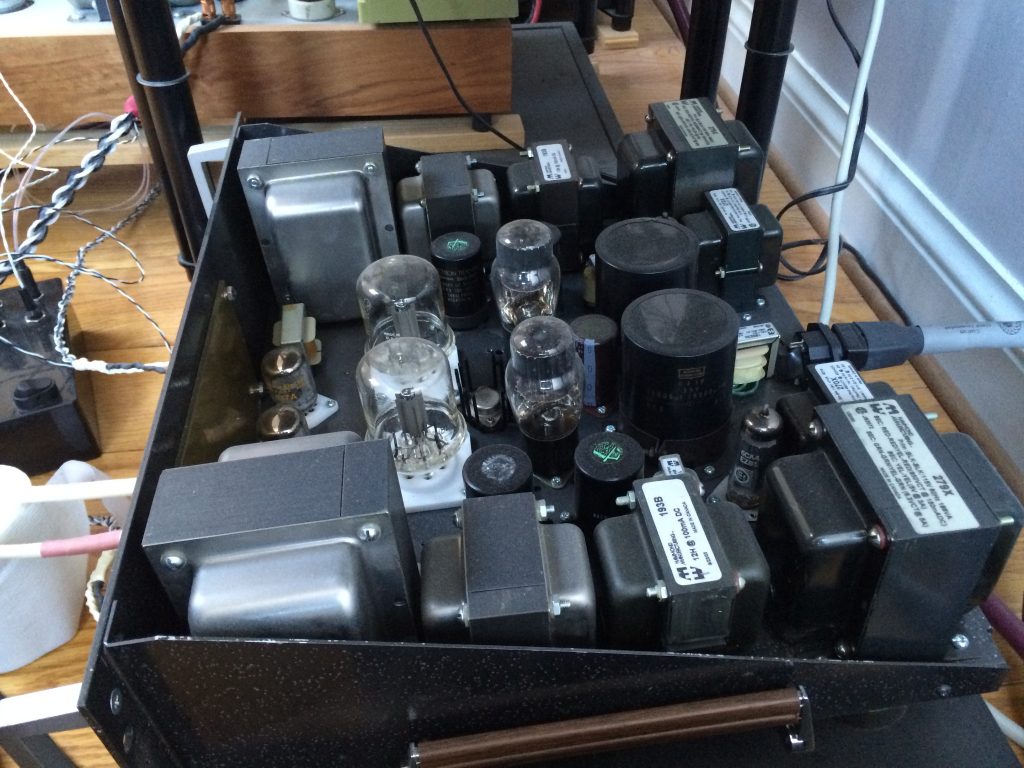
I built the subwoofer using a Focal 15" driver. Focal actually calculated the box dimensions and internal baffling for me, once I gave them the height and width of the sub enclosure I wanted to use. This was used as the stand for the Quads and to time align the sub with the Quads, the panel could be moved along this length to get the best integration of sound. Similarly, the JBL was moved on the top of the Quad to time align the tweeter. Since the treble waves are very short, a movement of only a few mm changed the alignment drastically!

We decided on the RCA838 transmission tube for the subwoofer amp. Again, it had the WE437a input tube with all silver interstage and output transformers.
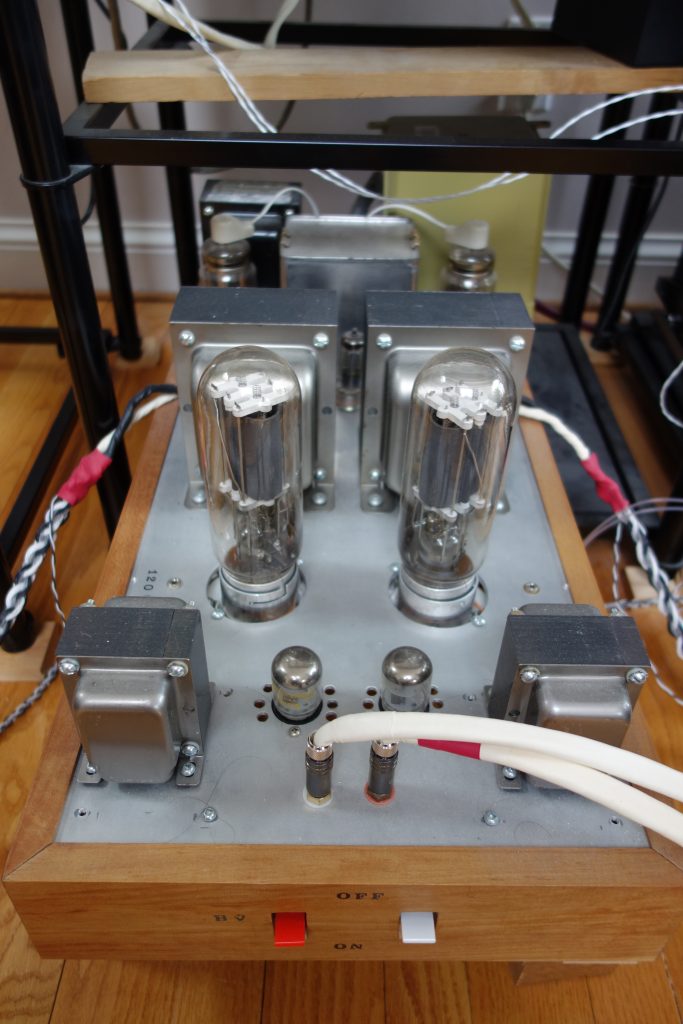
The interconnects were conceived and built using a power shielding to remove all electrical and RF interferences. Two construction types were built.
- Foil type: The 2 conductors were surrounded by 5 Teflon air tubes each and then wrapped with Teflon tape followed by aluminum foil. Both were then wrapped with Teflon followed by a third wrapping of aluminum foil and then a final layer of Teflon. The 2 aluminum wrappings on the conductors were given +15 volts and -15 volts respectively. The final aluminum wrap was connected to the ground wire of the power supply and had 0 volts. There is no current, only voltage potential. These were used as interconnects for the line stage, phono stage, crossover, and power amps.
- The second type was a braided design so longer runs of cables could be made. The conductors were braided with the shielding wires, which carried +60 and -60 volt potential. Here the power supply had only 2 outputs. All the speaker cables and the long cable from the playback amp downstairs, to my audio system upstairs, used this design.
- A similar braided design, but using +30 and -30 volts, was used for the 1- to 2-meter interconnect cables for the Studer's record and playback amps.
- If we turn off the power supply to any of the interconnects, the music immediately loses its minute details and "air."
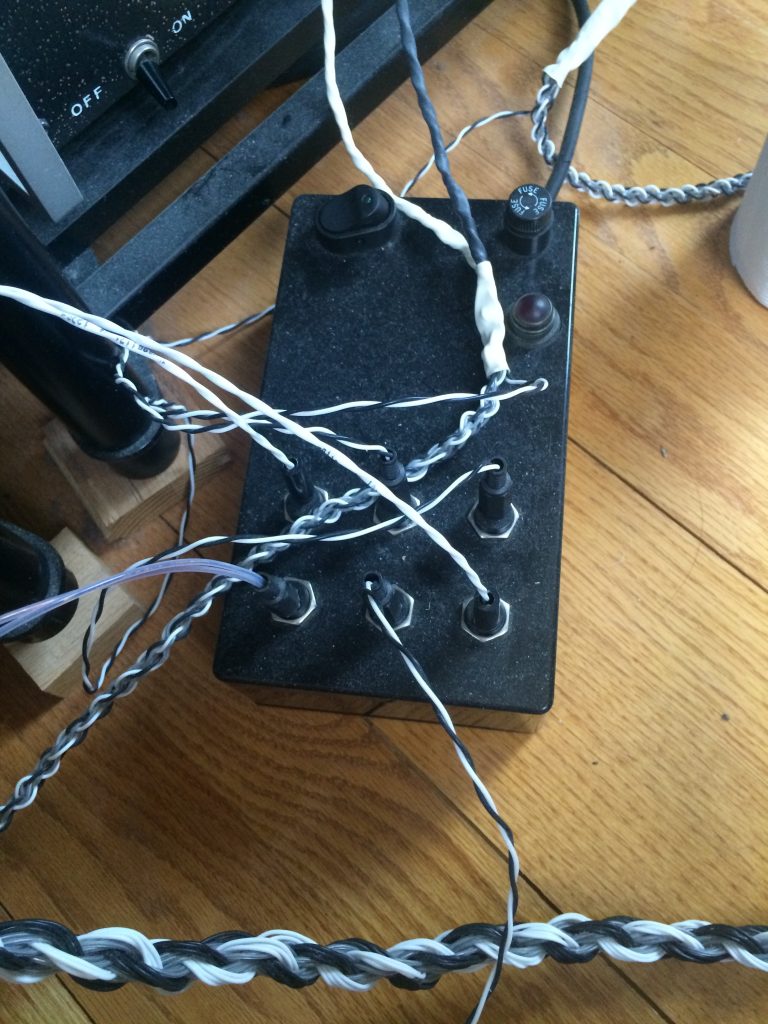
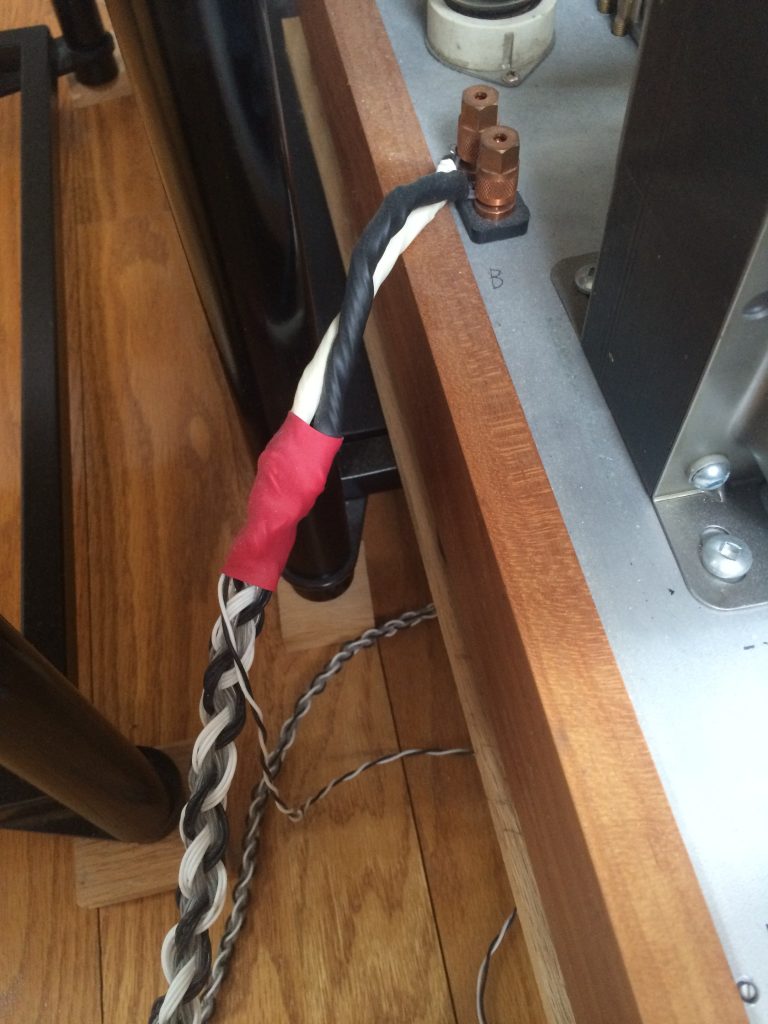
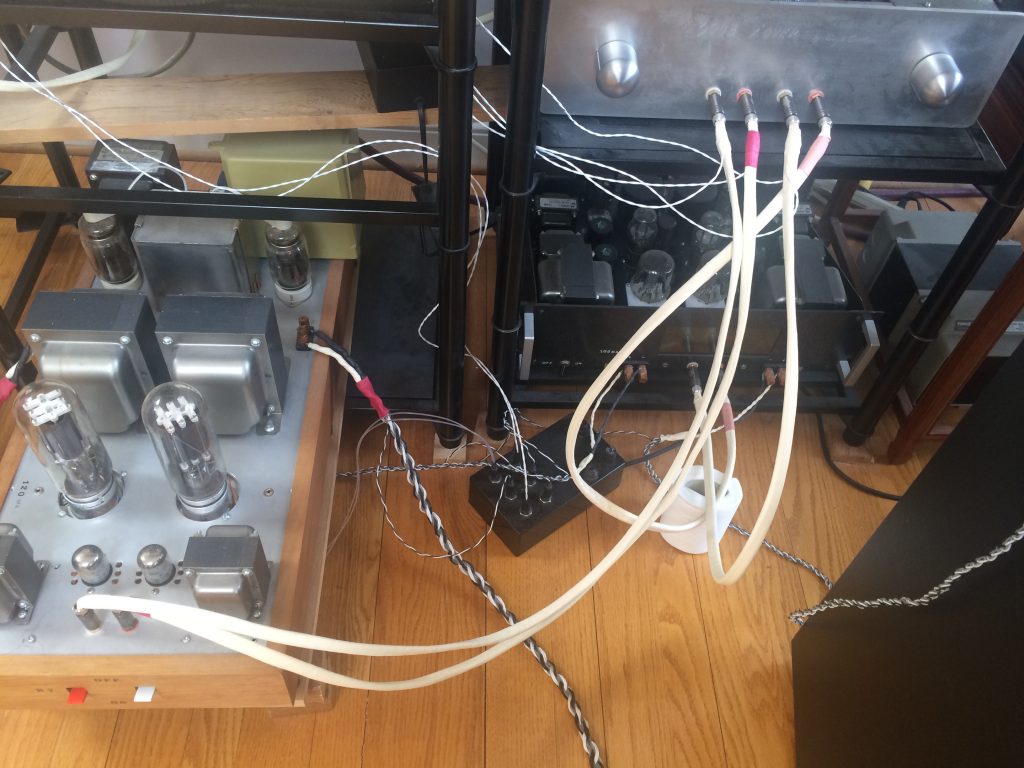
Since the sound using the WE437a tubes were so musical, I challenged Tony to design the craziest phono stage he could dream up, using only the WE437a and WE300b tubes. It became a three chassis monster with 4 WE437a, 2 WE300b tubes, and 8 all-silver transformers.
- There is a silver MC step-up transformer with a floating ground using the Tara Labs Floating Ground Unit connected to the transformer core.
- The signal then goes thru the 1st WE437a, and an all silver interstage transformer to drive the passive LCR RIAA filter. We built this unit with all discreet components using all silver chokes, caps and resistors.
- Next the signal reaches the 2nd WE437a through another all silver interstage transformer to drive the WE300b output stage which is driven by a large all silver output transformer.
- Each tube has their own individual tube rectified power supplies.
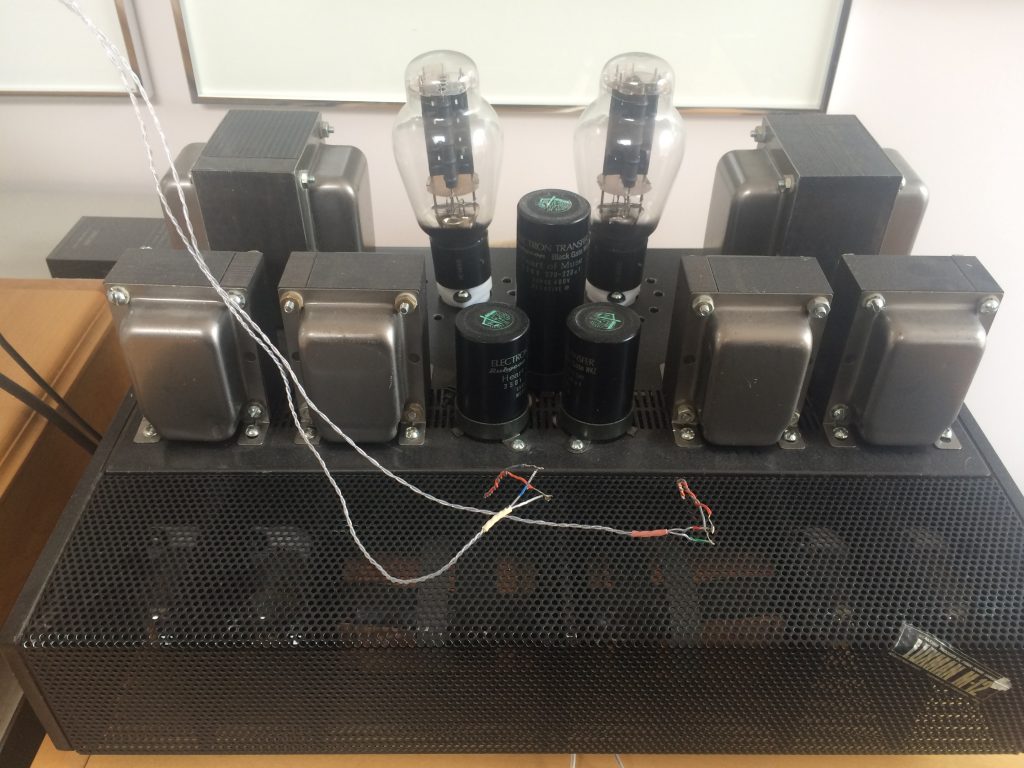
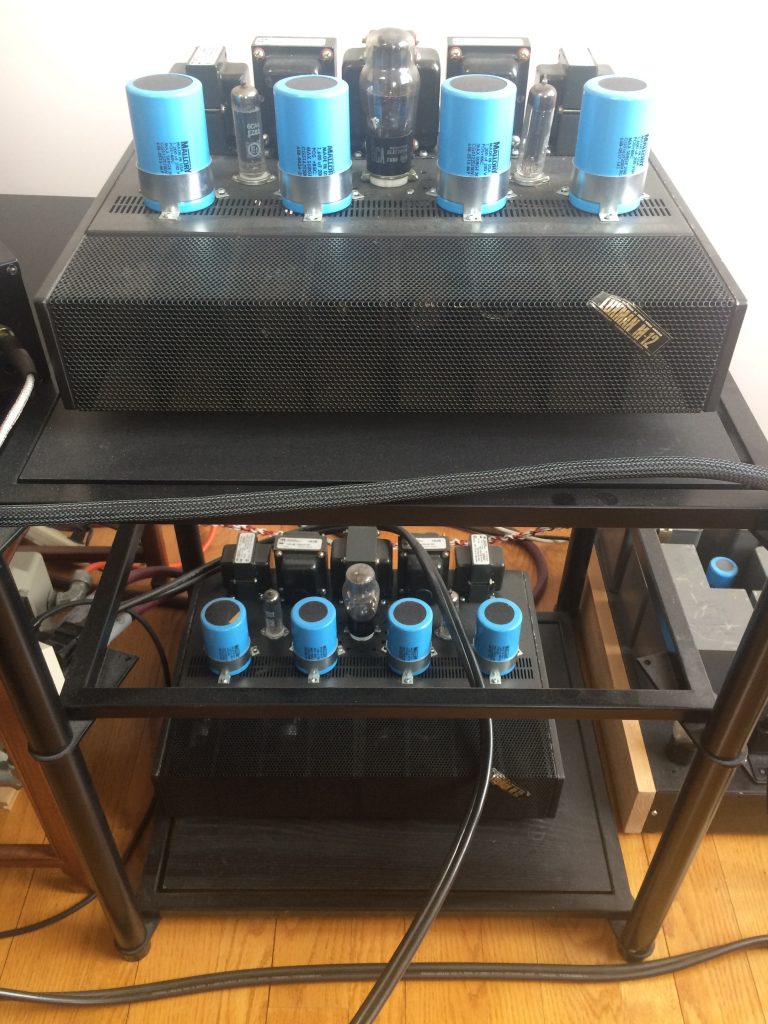
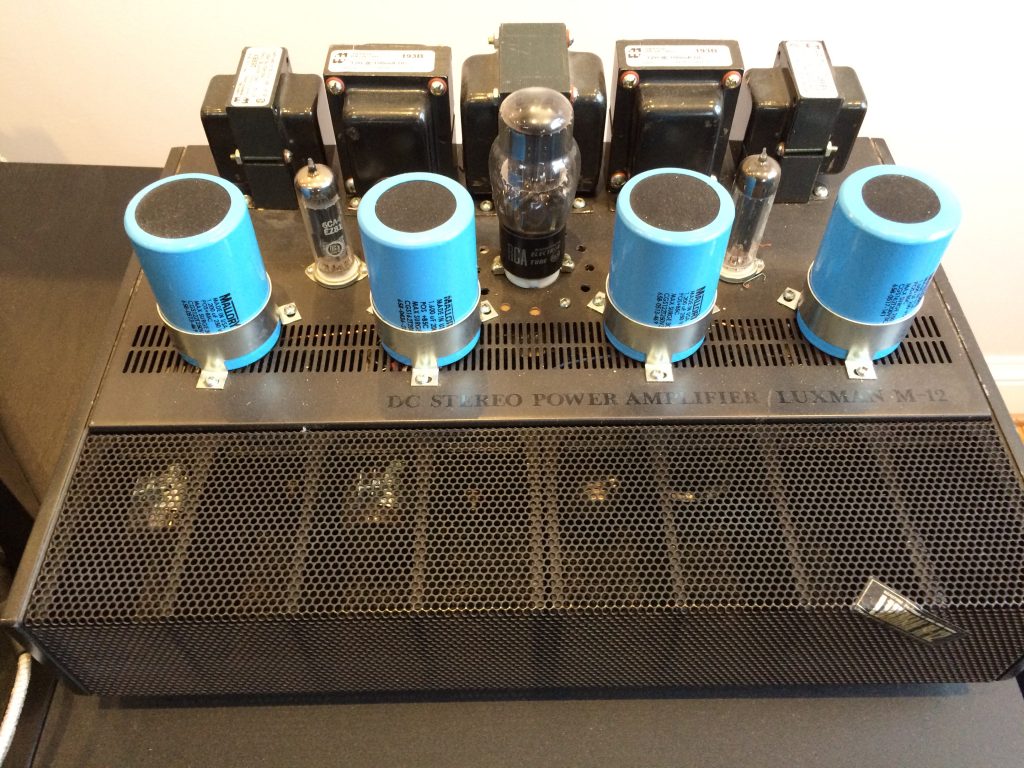
The resultant sound from this is so natural and detailed, it's very hard to describe. The music ebbs and flows naturally with an unmatched musicality.
Now on to tape!
When The Tape Project (Dan Schmalle and Paul Stubblebine) started their ground-breaking project, I was salivating for their classical tapes—especially the Decca tapes from the 60's, as those had a magical sound. After hearing these, there was no going back. Even great LPs were pale compared to good tape. The music ebbs and flows naturally with dynamics which can go from a whisper to a roar in a completely natural linear fashion. With master tape, it really takes you back to the live event.
With the digital revolution in high gear, all the studio Studer tape decks became "boat anchors." Ten years ago, I saw a Studer A80 in a shop selling for $900 CDN. We could "play" with the best equipment for almost nothing. Being a DIY audiophile, it wasn't long before we started building special record and playback amplifiers, for the Studer A80s, based on the best tubes we could find. We modelled all the record and playback electronics after what we learned from building my audio system.
The most important component of the recording chain is the microphone preamplifier. If the minute signals from the mics don't get thru, there will be no magic, no matter how good the recording and playback electronics are.
I use a pair of Royer 122v tubed ribbon microphones with our own custom silver interconnects. This cable consists of seven conductors. However, by using the high voltage conductors in a braided fashion, as shields, it helped to cancel the magnetic interferences inherent in parallel conductors. This allowed the extremely low-level signals to pass, resulting in a strikingly more realistic soundscape. I believe that it is in these low-level signals where the real music lives!
Our custom microphone preamplifier is based on two of Western Electric's legendary tubes—the WE437a input and WE300b output tubes. This has all-silver step up, interstage, and output transformers with no capacitors in the signal path. In the cathode bypass circuit, we added many silver-in-oil caps, and many different types of caps to fine tune the sound. This mic-pre is magical in its sensitivity and the full timbre and texture of string instruments are resolved in a strikingly natural manner. Two years ago, I found a pair of NOS 1956 WE300b tubes which bring this realism and naturalness to a whole new level. There is no mixer or subsequent signal processing, so you are hearing the purest signals possible.
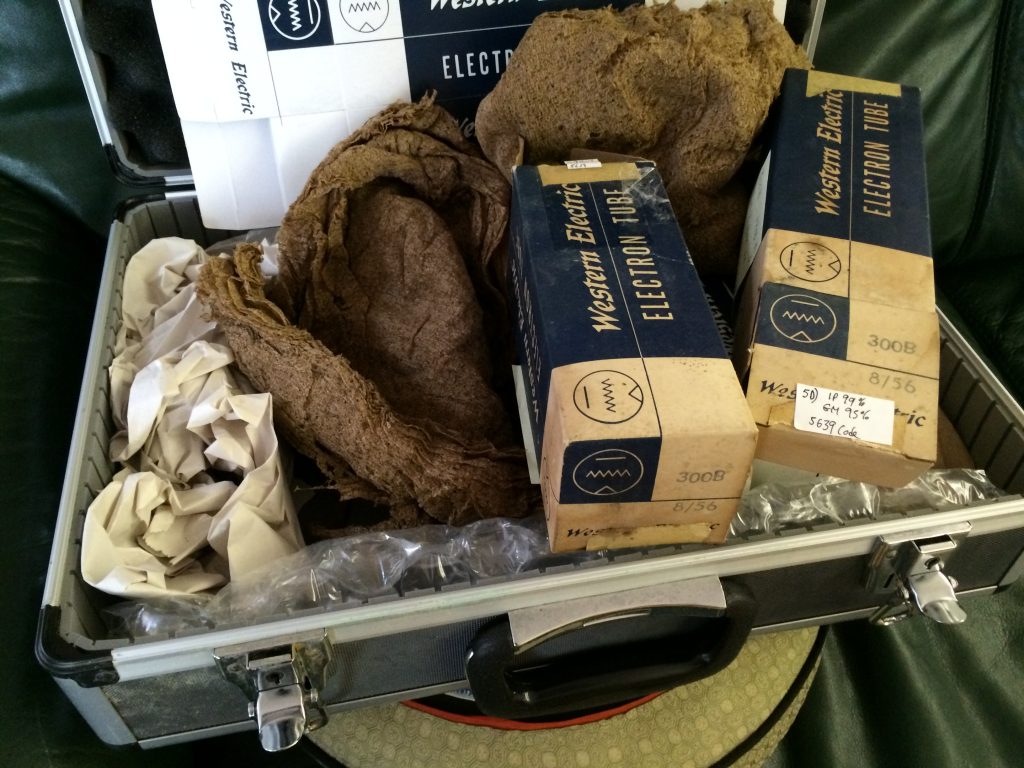
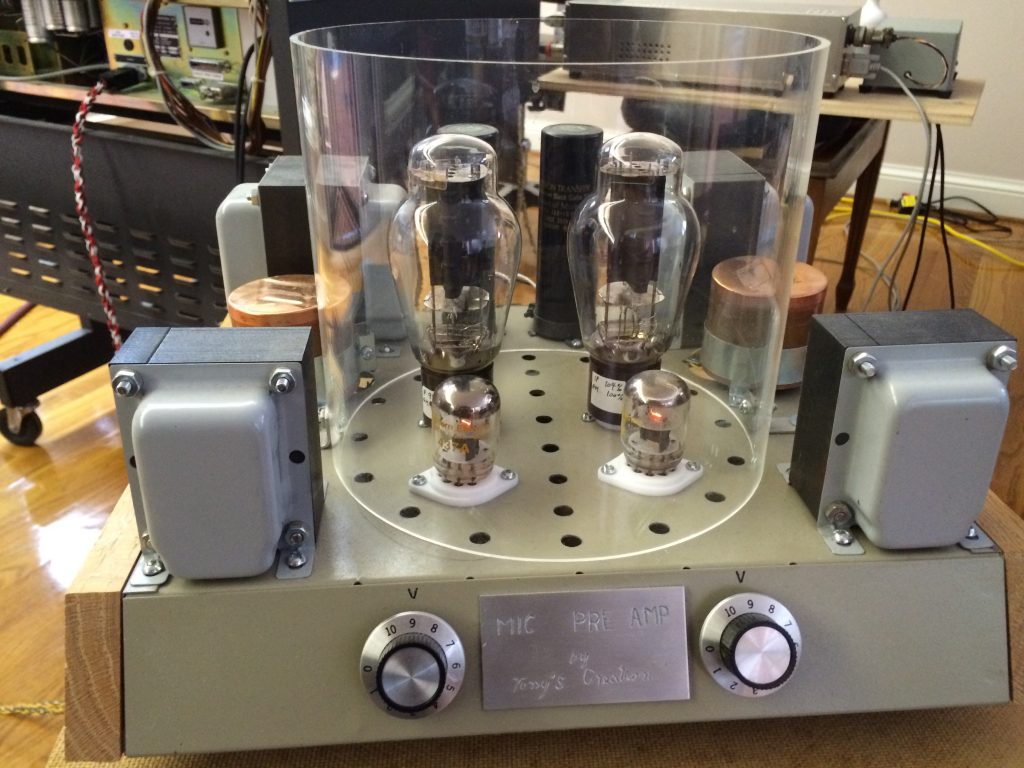
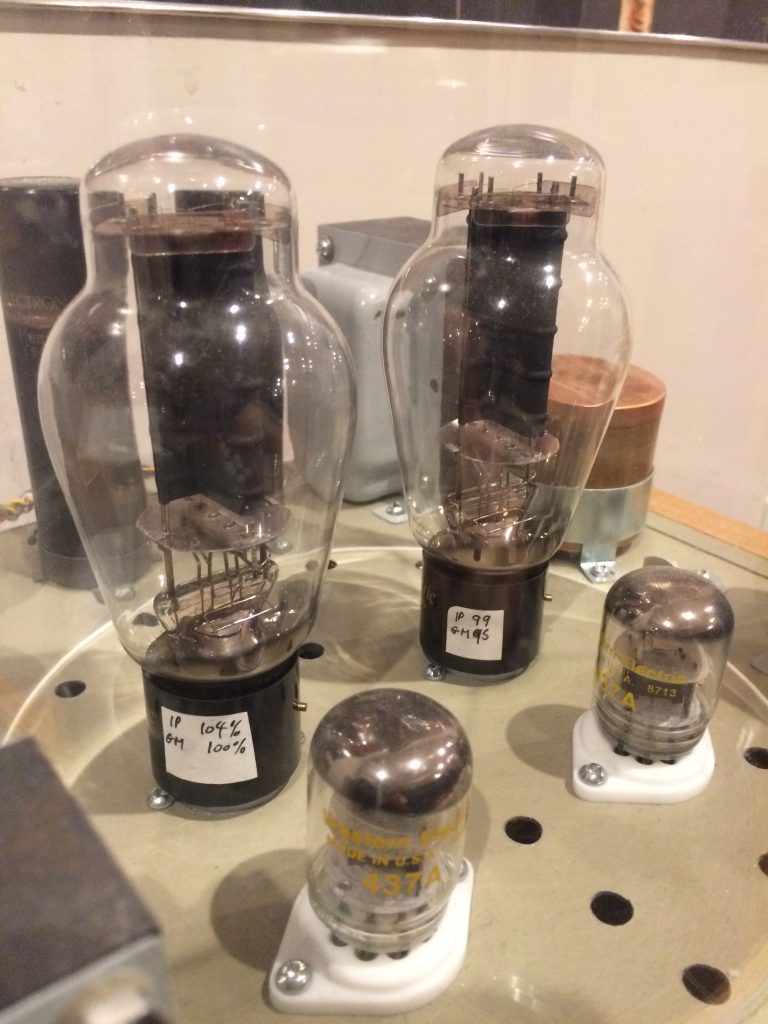
Around this time, we also developed a battery power supply to the first stages of both the record and playback amps for the Studer. This together with the NOS WE300b tubes took these master tapes to a whole other level. We've learned that in audio you don't know what something can sound like until you try it. Suddenly, the sound became so real, it was a little scary at first. Now we're used to it. Like all things, one becomes accustomed to it as "normal" but there really is no "going back."
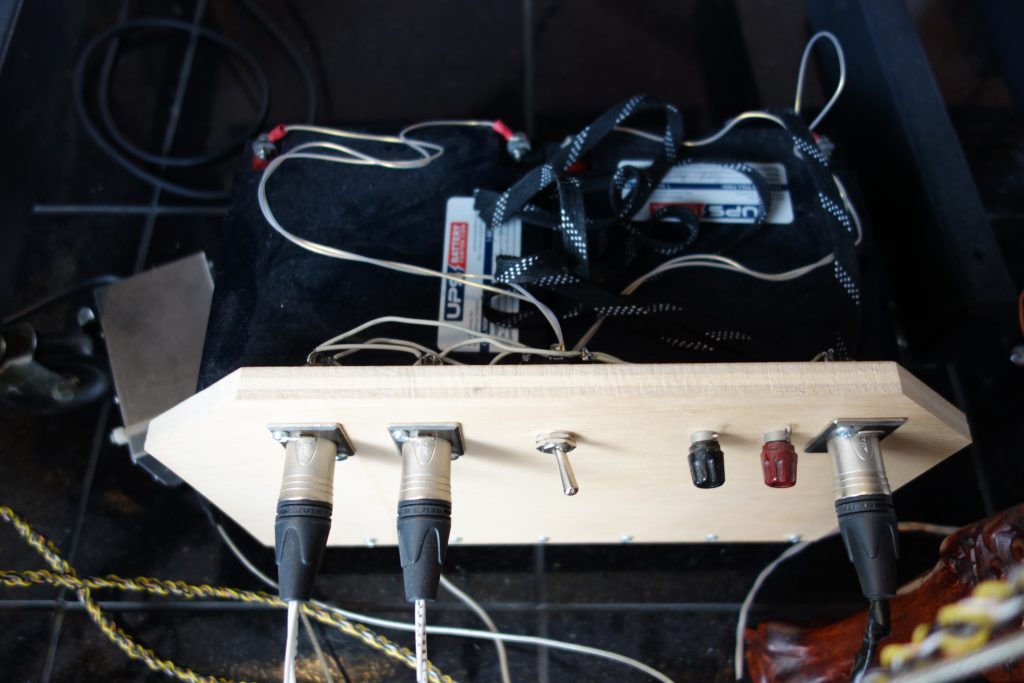
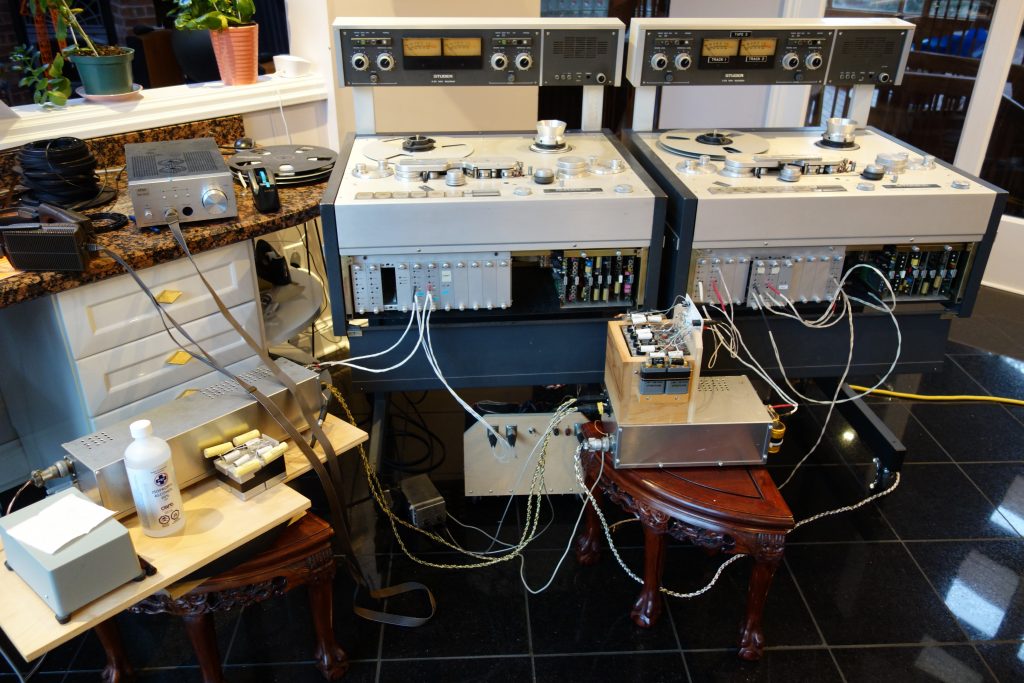
The second part of the puzzle is my connection with the classical music world, thru my other passion of making string instruments. I made my first violin about 15 years ago, and that started a most wonderful journey of learning about "real" violins. On hearing these great Cremonese instruments—I called them "Ultimate Audio"—my quest was on to record these great instruments, played by some of the most talented young artists of today.
Tape was the obvious medium, as music ebbs and flows naturally with dynamics which can go from a whisper to a roar in a linear fashion. Also, all the great recordings of Decca and EMI were done this way.
Recording Amp for Studer A80
The Studer A80 has a custom record amp based on the Bendex Red Bank 6900 gold pin, double-triode tube. This was a very special tube developed for the military for the guidance system in ICBM ballistic missiles! It's tested to 500g's and 300 degrees C!
http://www.timeelect.com/vacuum-tubes-tc-myths-and-snake-oil-marketing.html
- The signal passes through the 1st triode to reduce the gain to drive the EQ section in the Studer.
- Exiting this section, the signal goes through the 2nd triode to drive the recording head through a silver transformer. Both triodes have silver interstage transformers.
- The record amp, has 2 stages: The EQ and calibration is in the first stage, and the output is our tubed output stage.
- We developed a battery supply to the first stage. Even with a constant 12 volts being supplied by the battery, upgrading the caps to Mundorf still changed the sound materially.
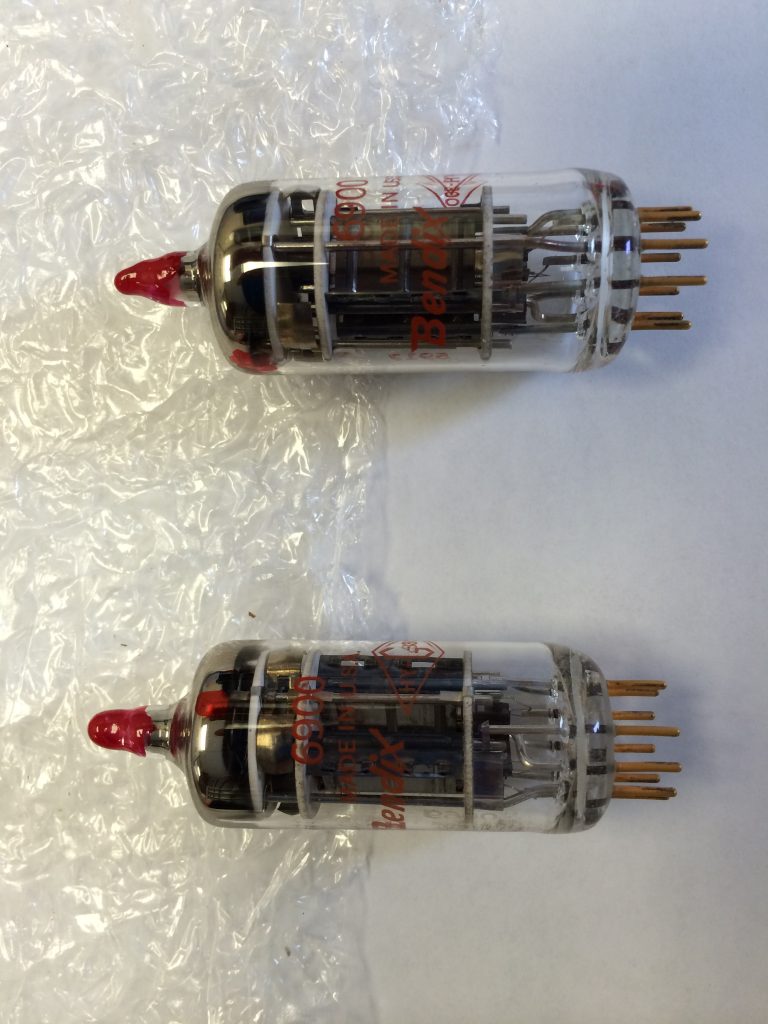
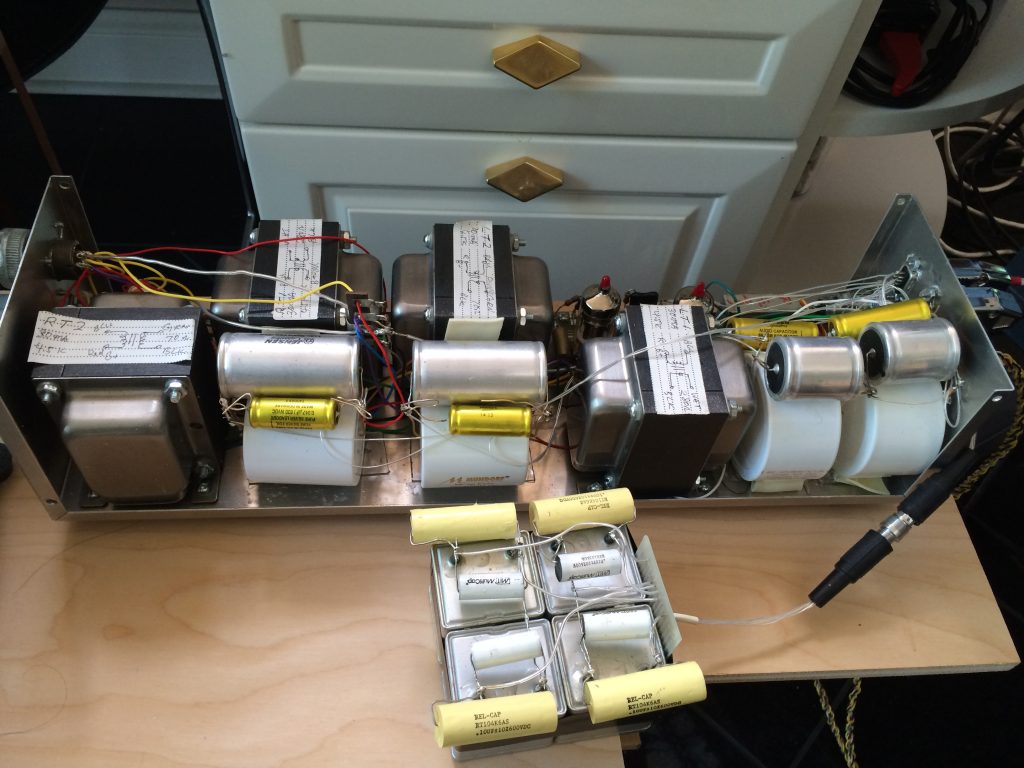
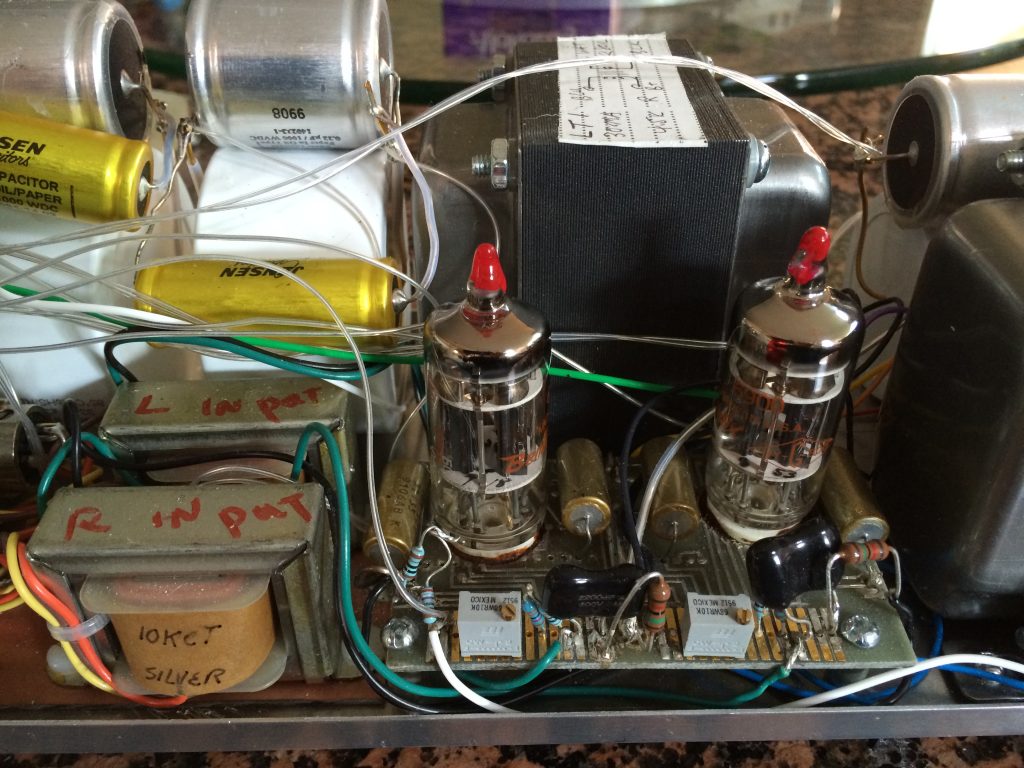
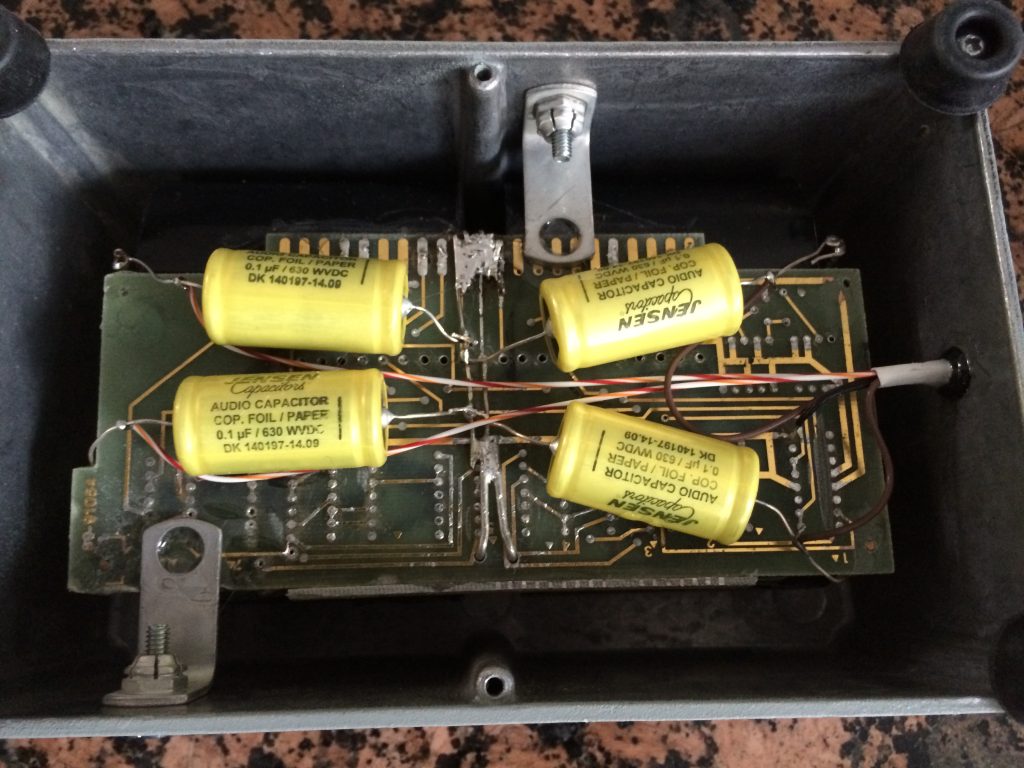
Playback Amp for Studer A80
- The playback amp consists of three stages: the first stage is EQ, and the second stage is calibration. We use the Studer for these two stages, however, we've upgraded these to battery power.
- The third is the output stage, which we've built using the WE437a tube. Again, it has silver output transformers. We've used many special sound coupling caps. Many silver-in-oil and Mundorf gold and silver in oil. Special attention was paid to the power supply decoupling caps, which also changed the sound dramatically.
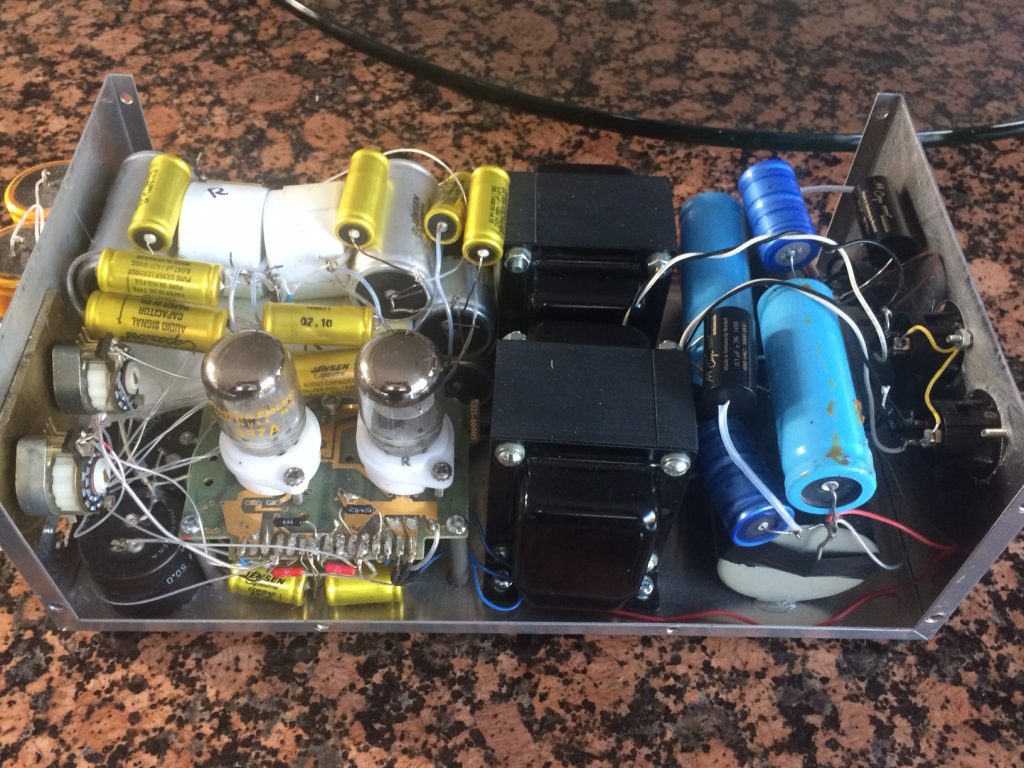
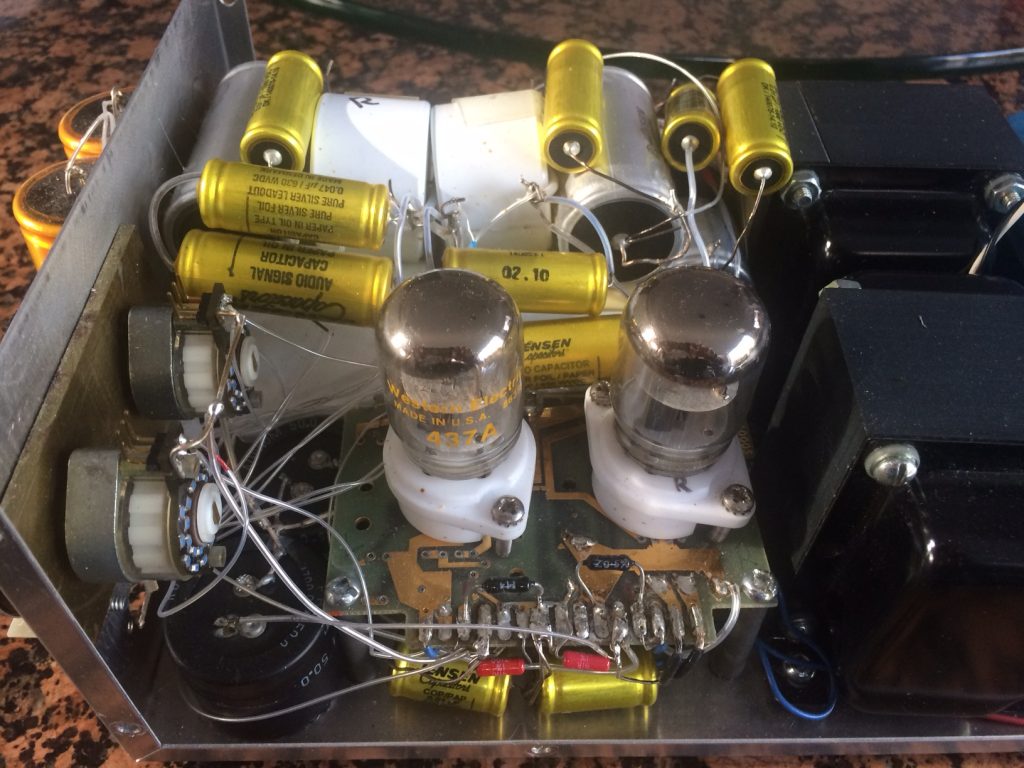
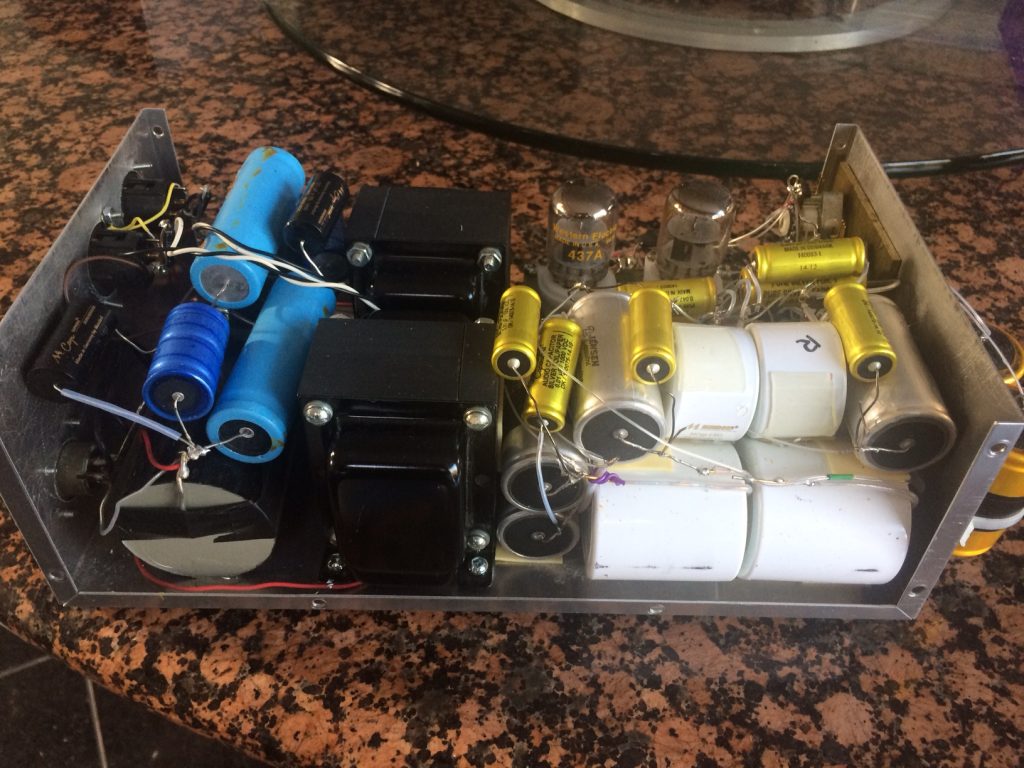
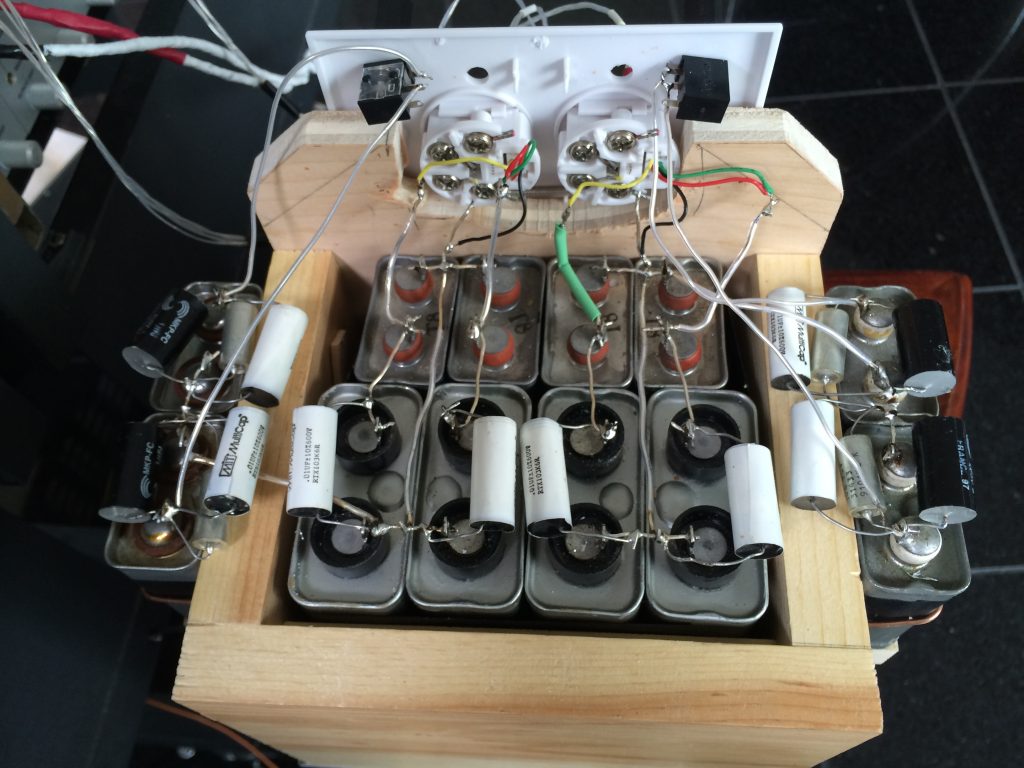
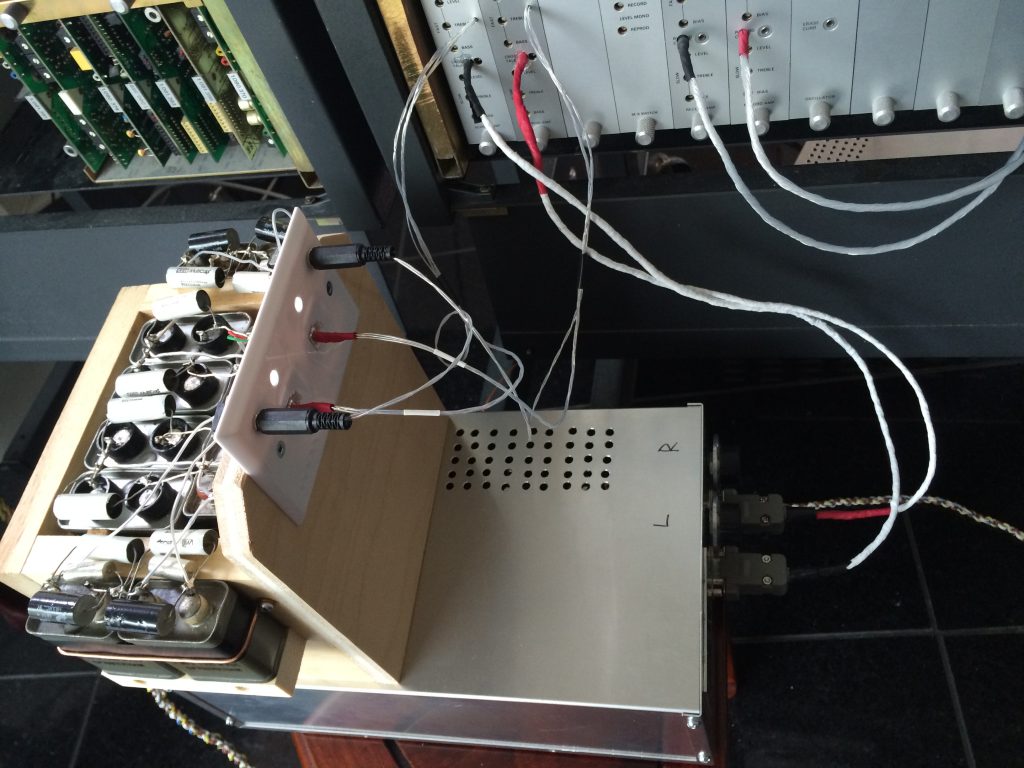
I record at 396 nW/m to take full advantage of the modern tape formulations. This increased dynamic range allows the weakest signals to be recorded higher up the toe of the sensitivity curve of the tape, to allow much more separation from the noise floor. This will give us the "air" and "room" cues in the recording, as well as a greater dynamic range. You will hear a more realistic sound spectrum with very natural low-level details together with unparalleled dynamics. The tape used is the RMG SM900 which is the modern equivalent to the great Ampex and Quantegy 499 tapes of yesteryear.
What I've found to be equally important to the recorded sound is the room—its natural reverb makes the sound "come to life" and allows the sound to bloom and soar. You will hear this in my recordings. There is an abundance of low-level detail in these tapes, and I believe this is where the real music lives! The more refined your system is, the more emotion you will hear.
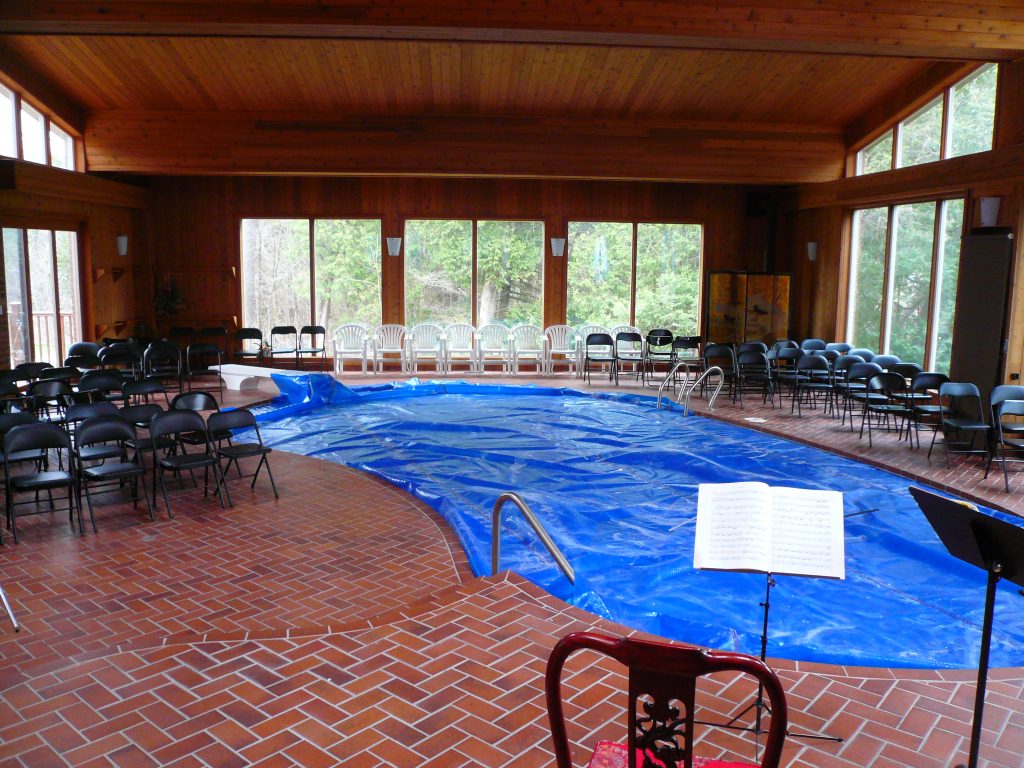
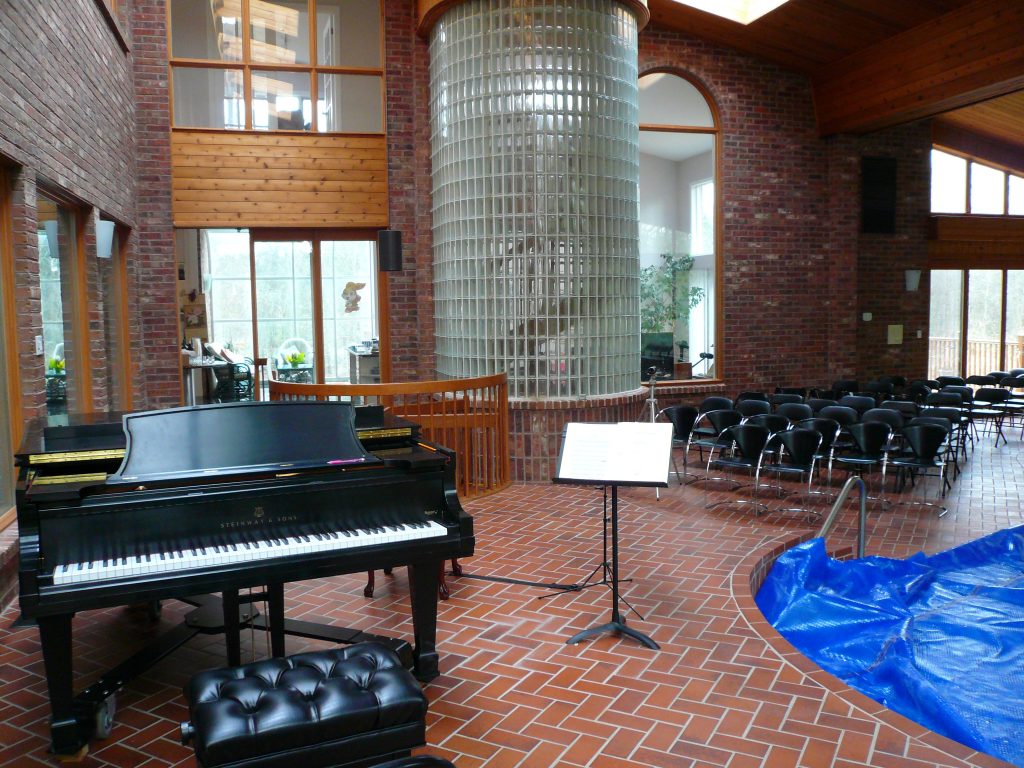
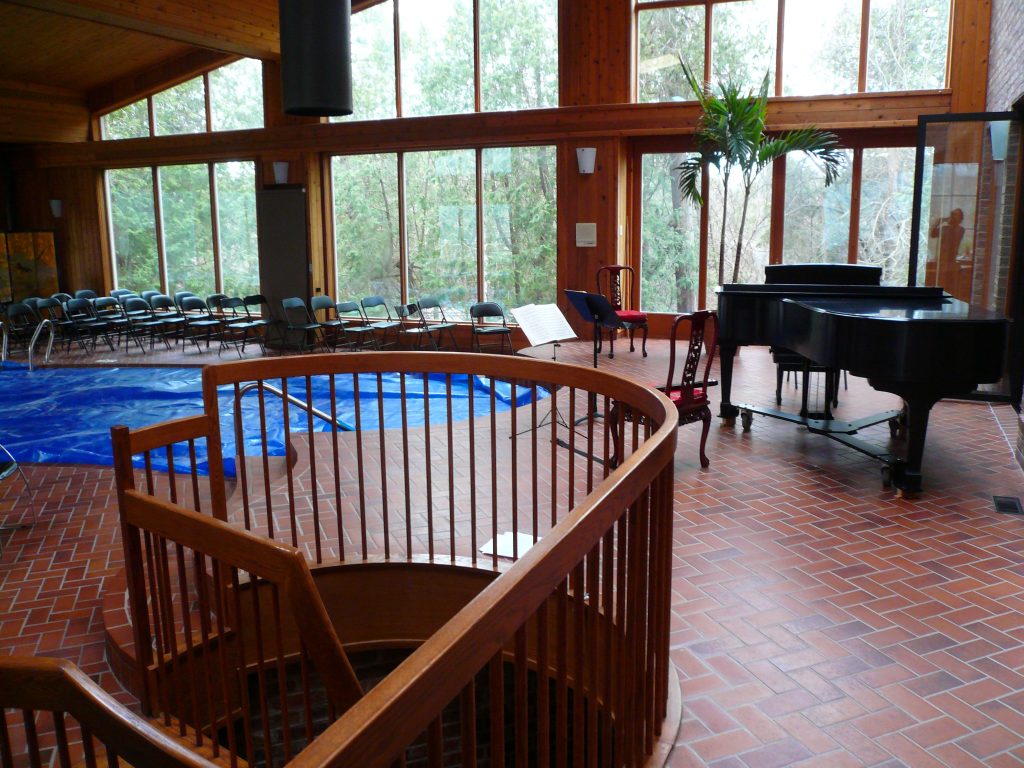
Artists
With this pure signal path, I wanted to record the best young artists of this generation, playing some of the best Cremonese instruments.
Violinists
- Xiang Yu - Winner of Menuhin International Violin Competition 2010, Avery Fischer Career Grant 2019 and 2019 Lincoln Center Emerging Artist Award
- Tatsuki Narita - No.2 in the Queen Elisabeth International Violin Competition 2012
- Alena Beava - Winner of 12th International Henryk Wieniawski Competition in 2001 when she was only 16, Winner of Moscow International Paganini Competition in 2004, Gold Medal and Audience Prize in Sendai International Violin Competition 2007.
Cellists
- Sietse-Jan Weijenberg - Principal cellist of the Netherlands Chamber Orchestra
- Narek Hakhnazaryan - Winner of Cello First Prize and Gold Medal at the XIV Tchaikovsky Competition in 2011.
Pianists
- Yun-Yang Lee - Staff pianist in Paris Conservatory for violinists
- Noreen Polera - Winner of Accompanying Prize in the 8th International Tchaikovsky Competition in Moscow.
- Vadym Kholodenko - Winner of the Van Cliburn International Piano Competition 2013, Winner of Schubert Piano Competition 2011, Winner of Sendai Piano Competition 2010
My vision for UltraAnalogue Recordings is to build a base of classical chamber music recordings of some of the most enduring music of all time, by world-class musicians, to share with the audiophile community.
Recording Philosophy
When one thinks of recording music, the first thing most think of is how: what equipment to use, and where?
My thought process is first, what instrument, literally, are we recording? Not just violins etc., but what violin, and what is that violin's character. The great Cremonese violins and cellos are completely different, in sound character, than modern instruments. Is this artist preforming in large halls where that violin is setup for maximum projection, or is this mostly a chamber musician where instruments are not so strong? An obvious point is every violin is different and has different sound characteristics. Since I record in a relatively small space (my pool is 40' x 50' with 25' ceiling at one end, tapering to about 15' at the end) I must be very sensitive to the power of that violin and what overtones are being produced. Pleasant violin sound is often not the most powerful. For the violinist, something pleasing to their ear is often not strong enough in a large hall. Very often a bright harsh sound, in their ears, sounds perfect and projects to the back of the hall. Most audiophiles want to hear a warm sweet violin sound, which is a sensitive balance between direct and reflected sound (reverb).
Since I started making violins and string instruments 15 years ago, this allows me the chance to consider changing the instrument to create the sound we want. To this end, we might change strings, sometimes using gut, to create the sound character we want for a particular repertoire. Obviously, the sound character of Shostakovich is very different from Mozart. Before I do any equipment setup, I try to fine tune the violin's sound to something which I feel is suitable for the piece of music we're recording. This can involve a soundpost adjustment, changing strings and or using different bows. Bows have an unbelievable effect on the soundscape of any string instrument. Just as a fantastic violin for one violinist may not suit another. Every violin has its own personality, and it takes a very sensitive artist, willing to find the way, to coax the best sounds from it. Magic really only happens when we have a perfect match between artist, violin, and bow. Those who have heard my tape Tatsuki Narita and read the story behind this recording will know what I'm talking about.
Now for the setup, the first thing is to find the mic position for the main instrument… If it's a violin or cello sonata, where the piano and string instrument are equals, the violin mic will be about 8 feet from the instrument, with the piano at about 10 feet. When I record a violin concerto, to give the soloist a bit more presence I would have them step forward about 1 foot. At 6-7 feet there is more direct sound from the string instrument, to make it stand out in front of the piano, no matter how loud the piano is. The balance between instruments is totally the result of the artists playing this balance, and the differential distances from the 2 microphones. Even thought the piano is much "louder" because it's +10 feet from the mics, we can effectively create the right balance with the performance. This requires more from the artists, but without a mixing step the signals are the purest possible.
When I record solo piano, I prefer to keep the microphones at least 10 feet from the piano to give the sound space to develop and bloom. With this setup, all the reverb is natural and much more believable in the final tape.
In this way I try to present the music I love, played by some of the best young soloists of this generation, for audiophiles to enjoy.
Recently, as a COVID-19 project, I decided to offer digital downloads of most of the tapes in 2 formats: DSD128 and 192kHz 24-bit FLAC. Since I feel the sound of DSD128 is the closest to the analogue master tape, these digital downloads are files directly from a DSD128 recording of the analogue master with only metadata added.
I hope you will enjoy the music making and sound in these tapes...
Edward Pong
www.ultraanaloguerecordings.com






